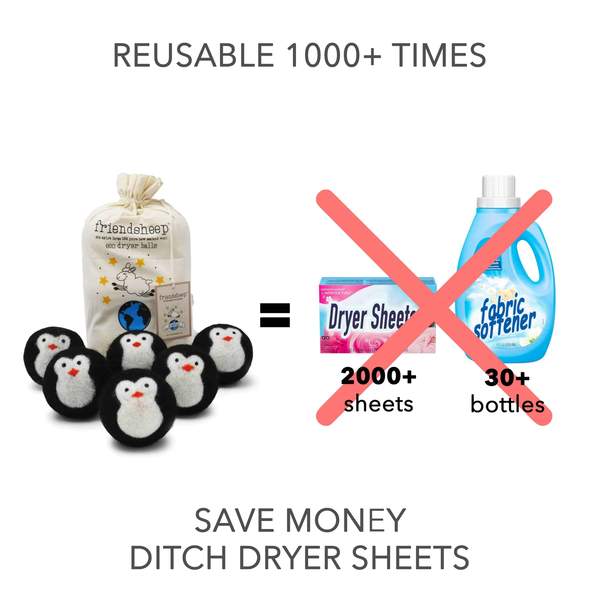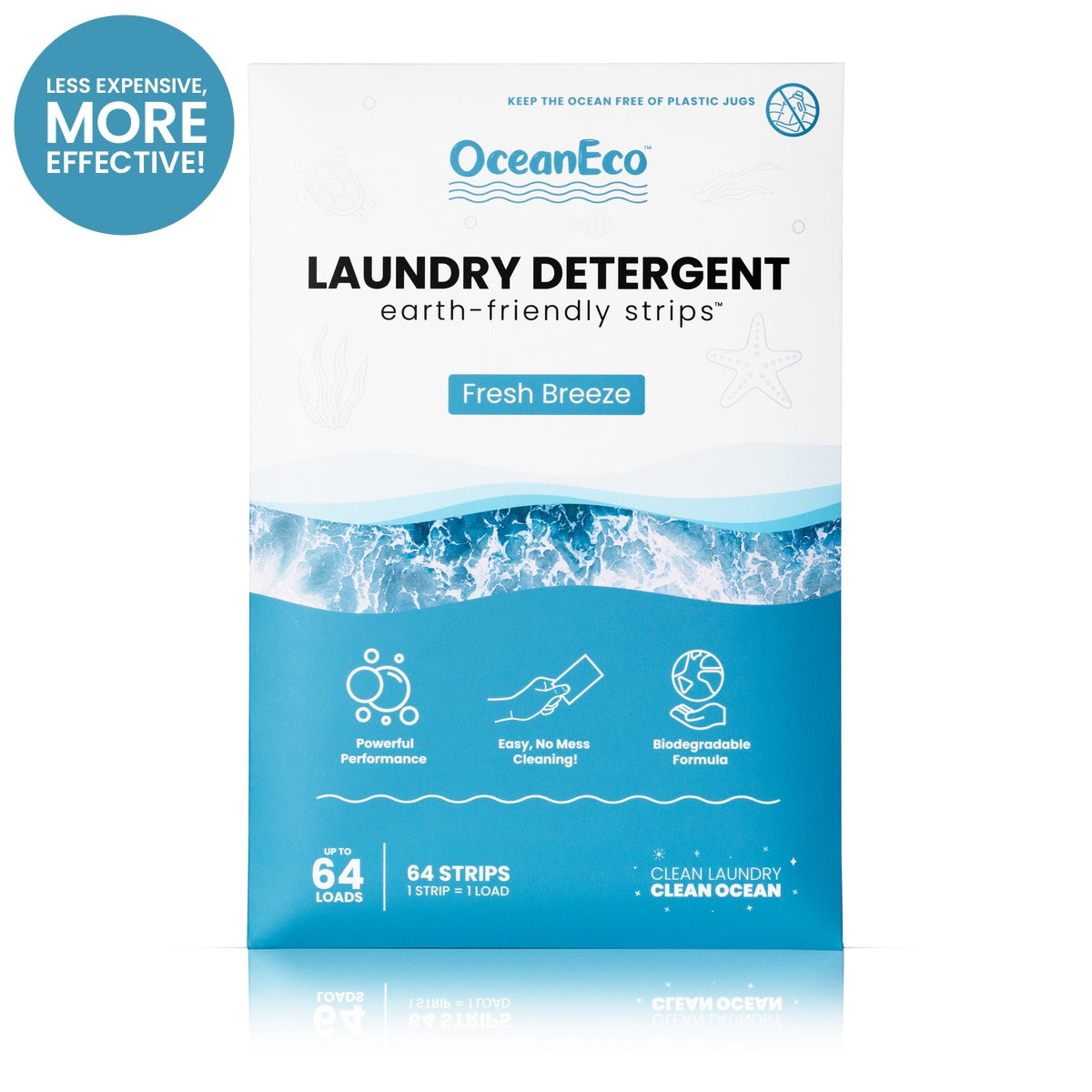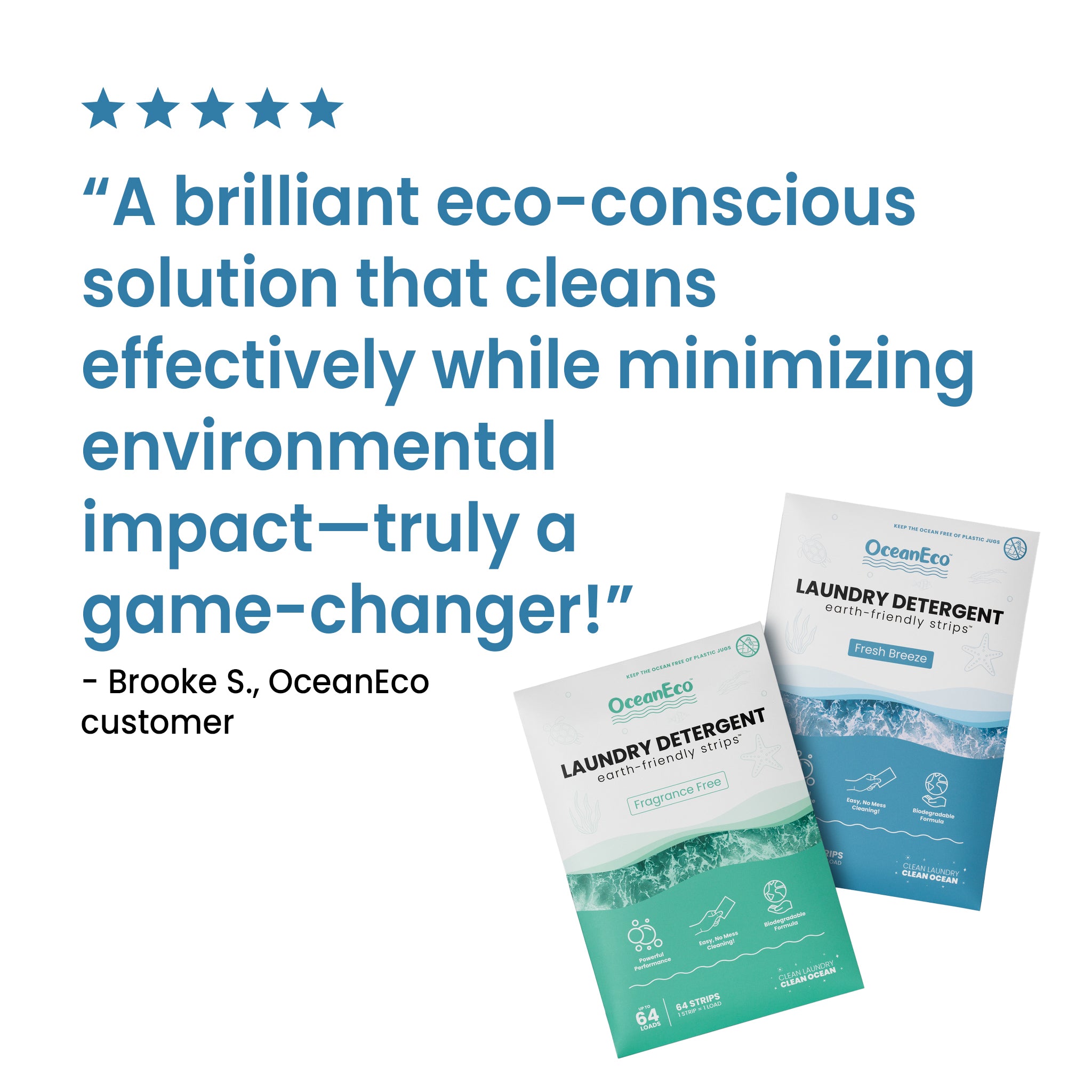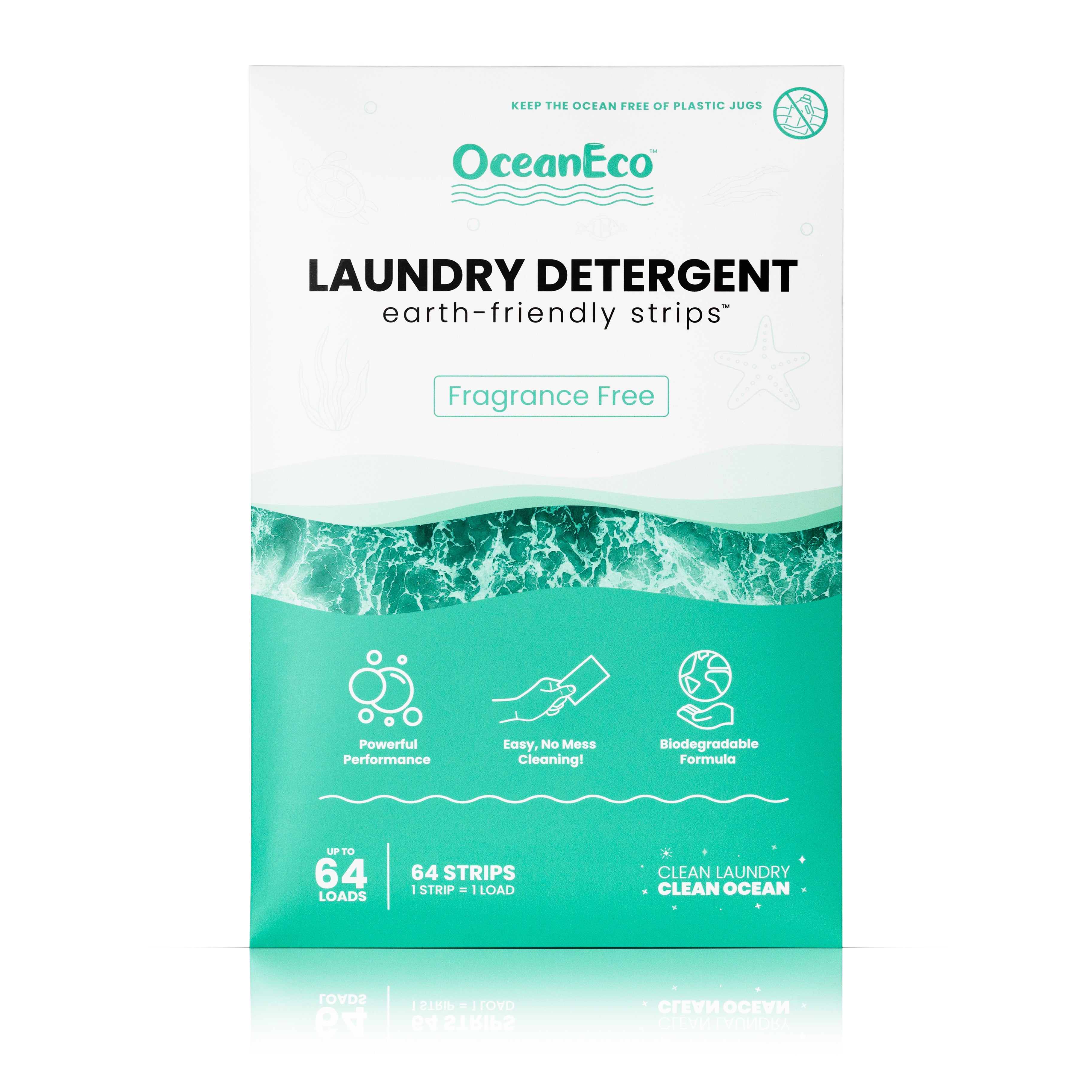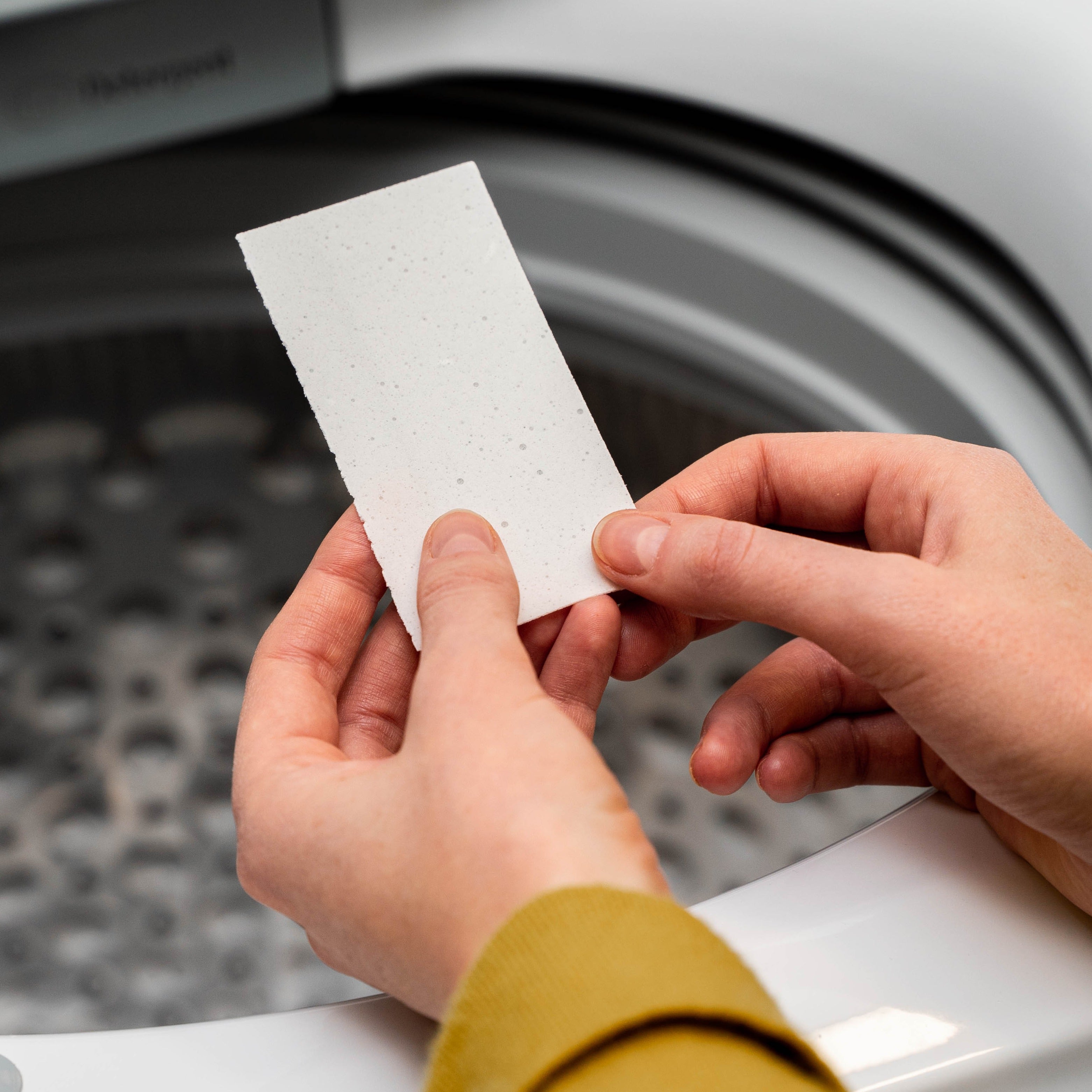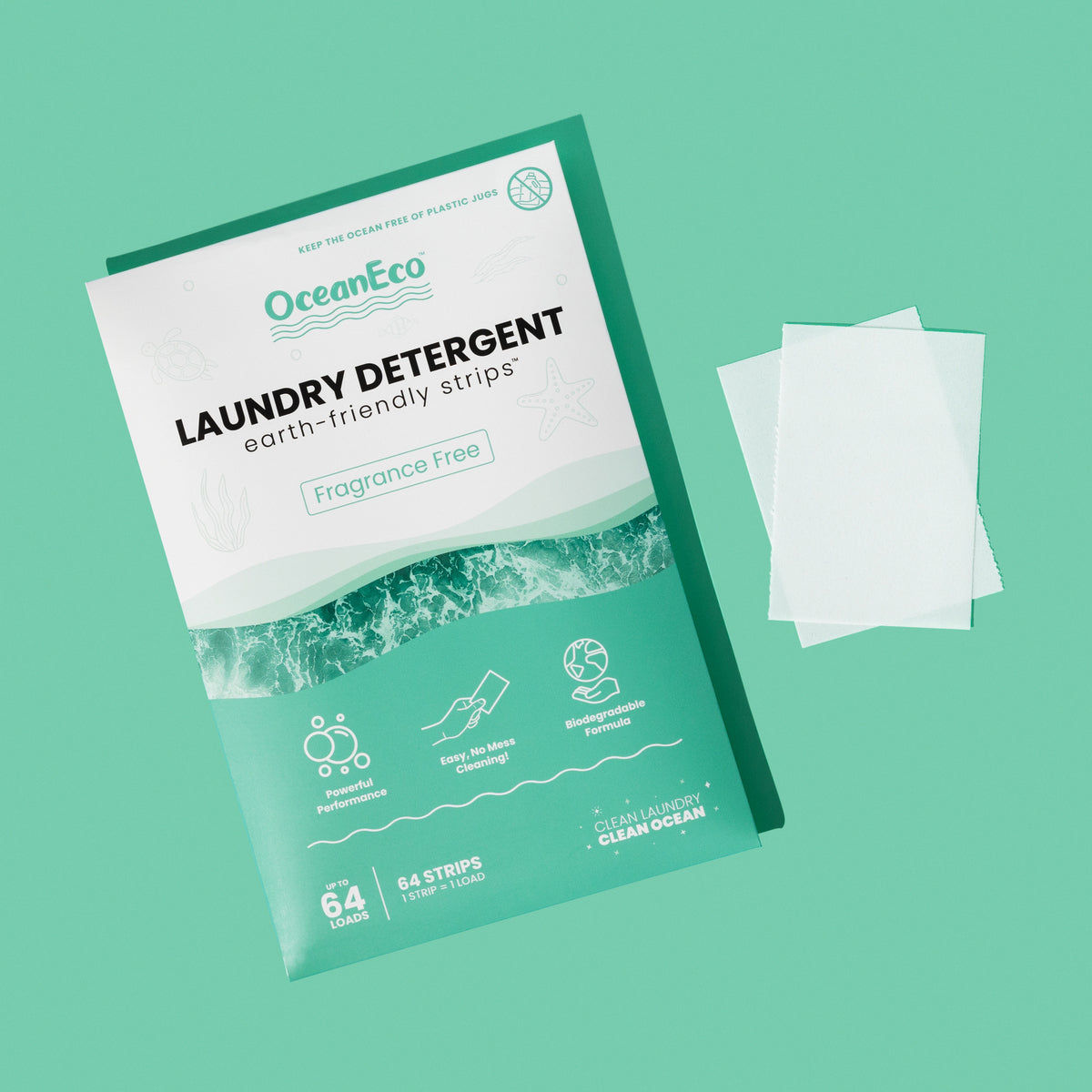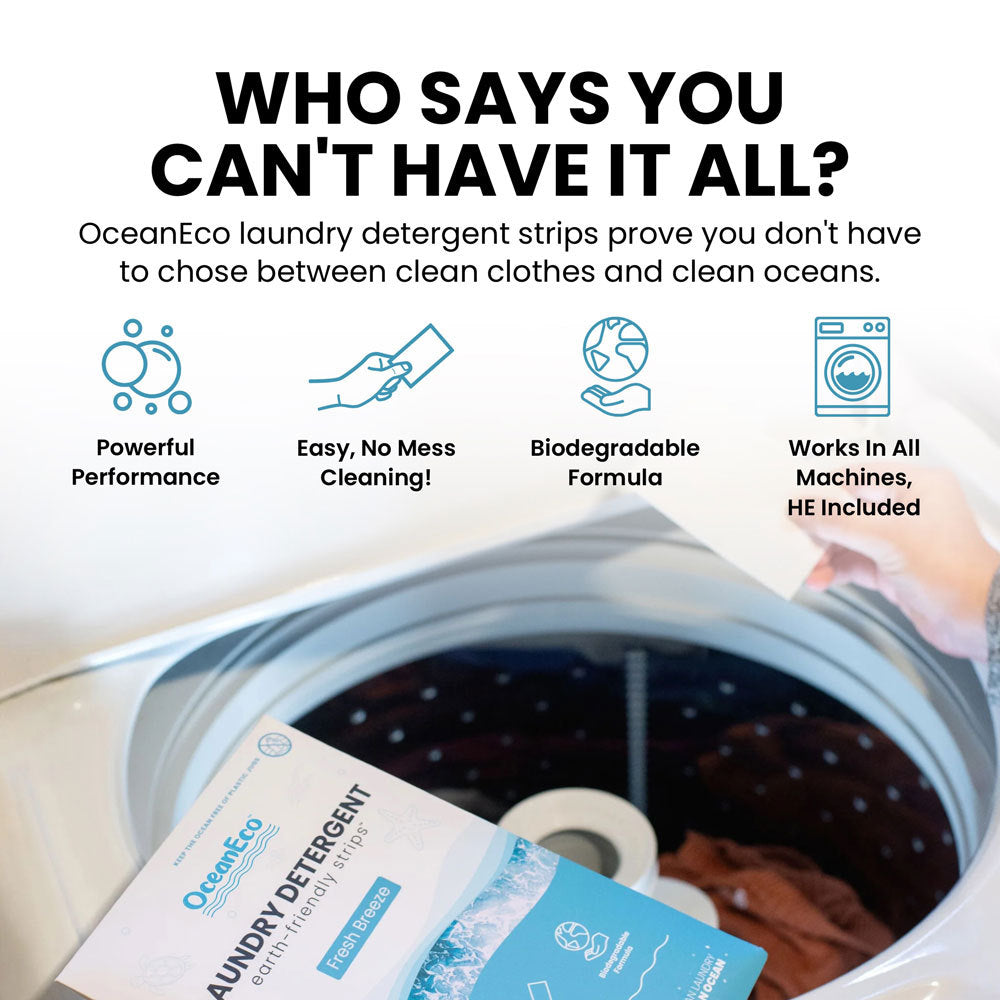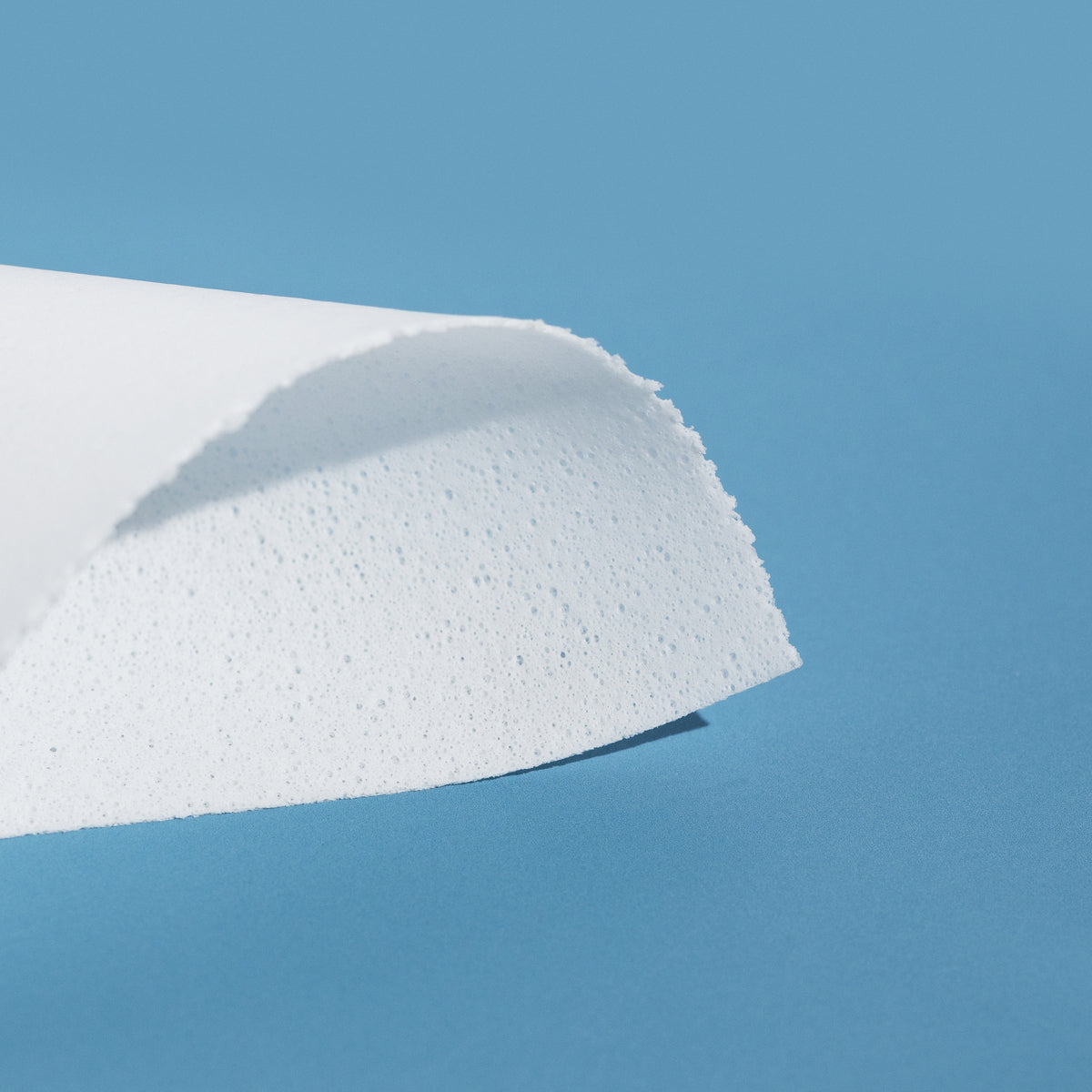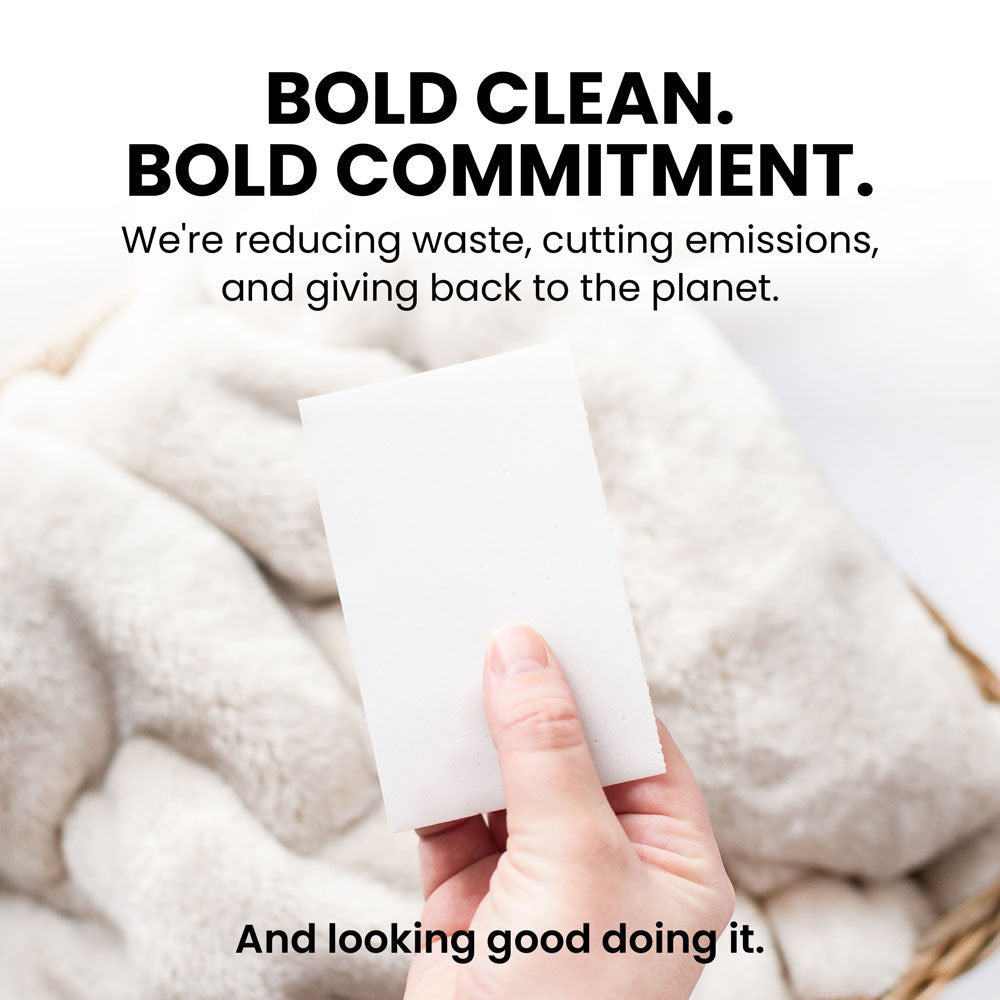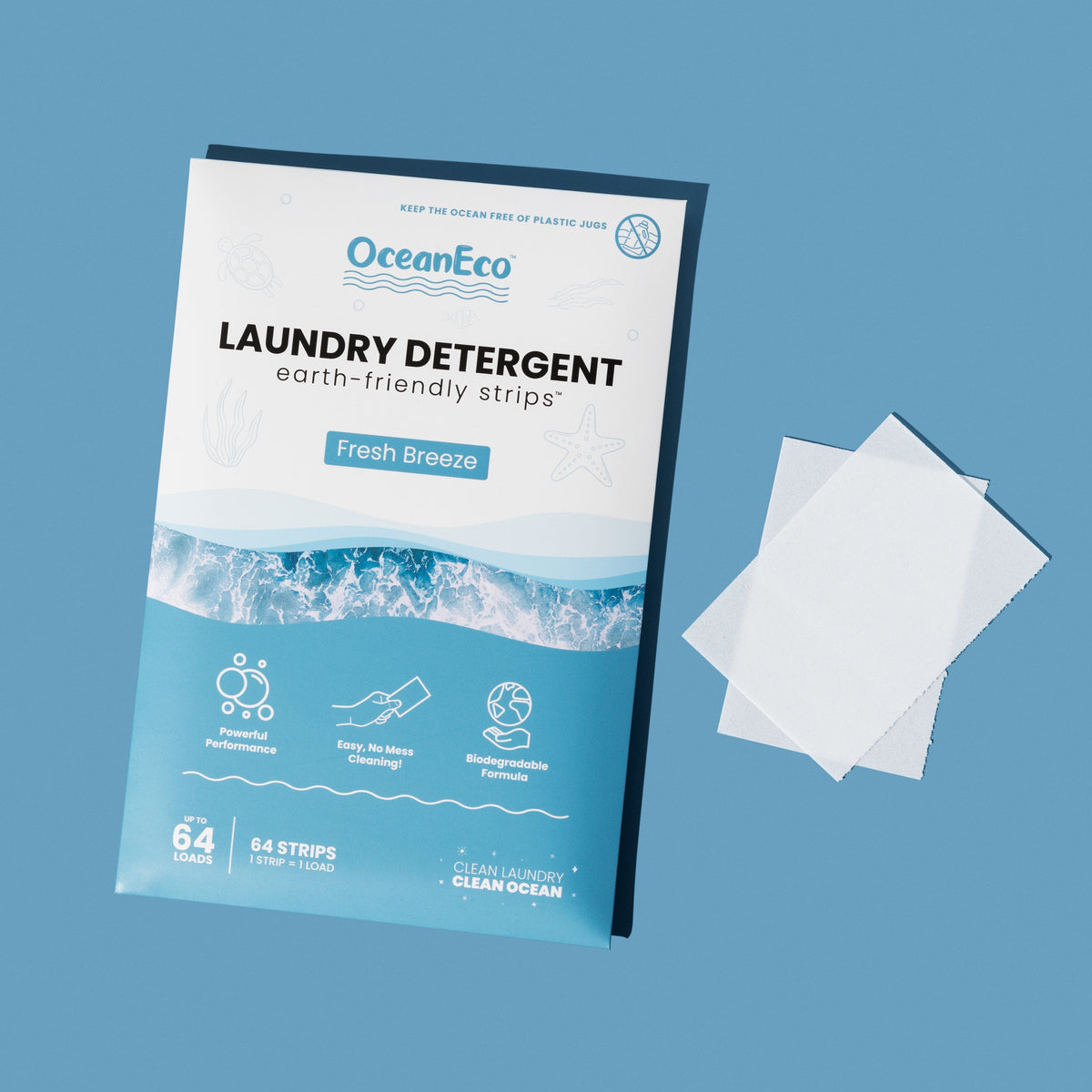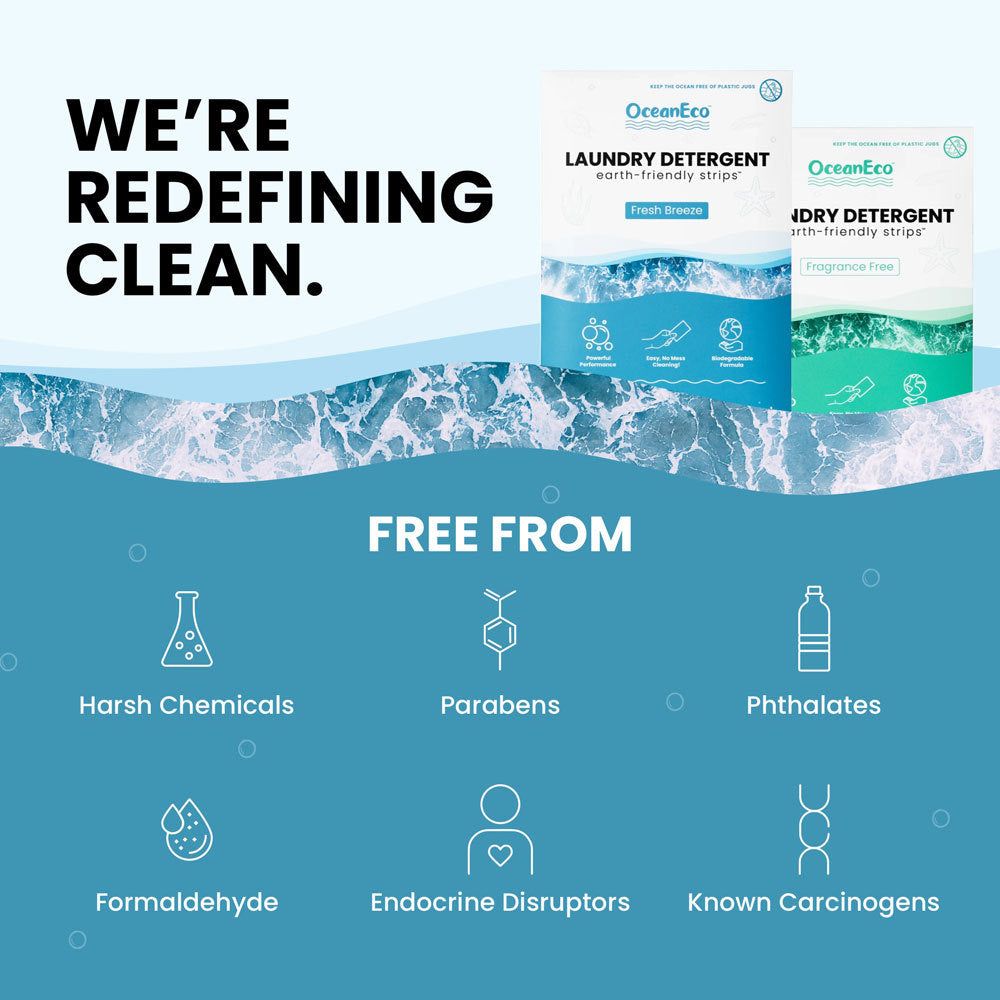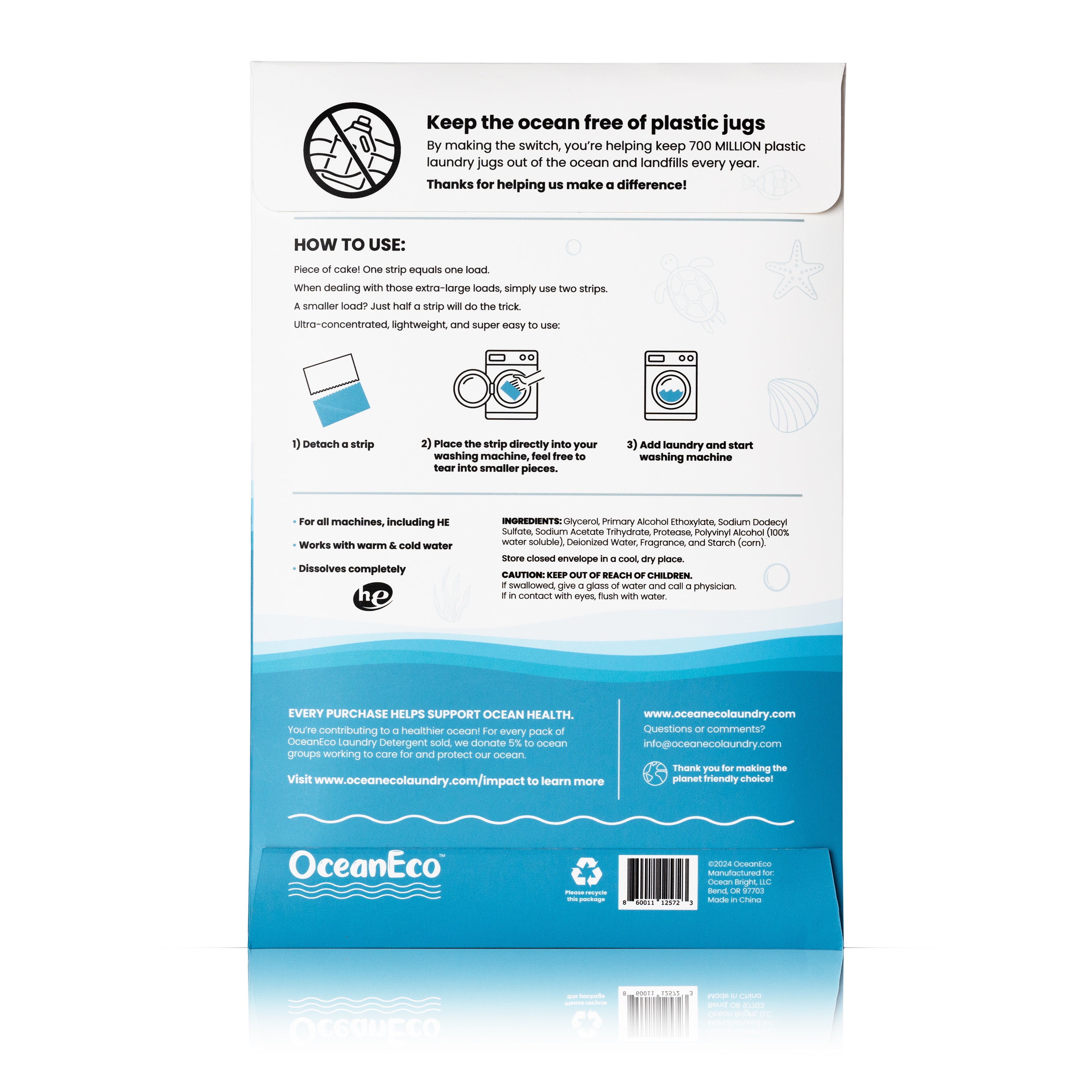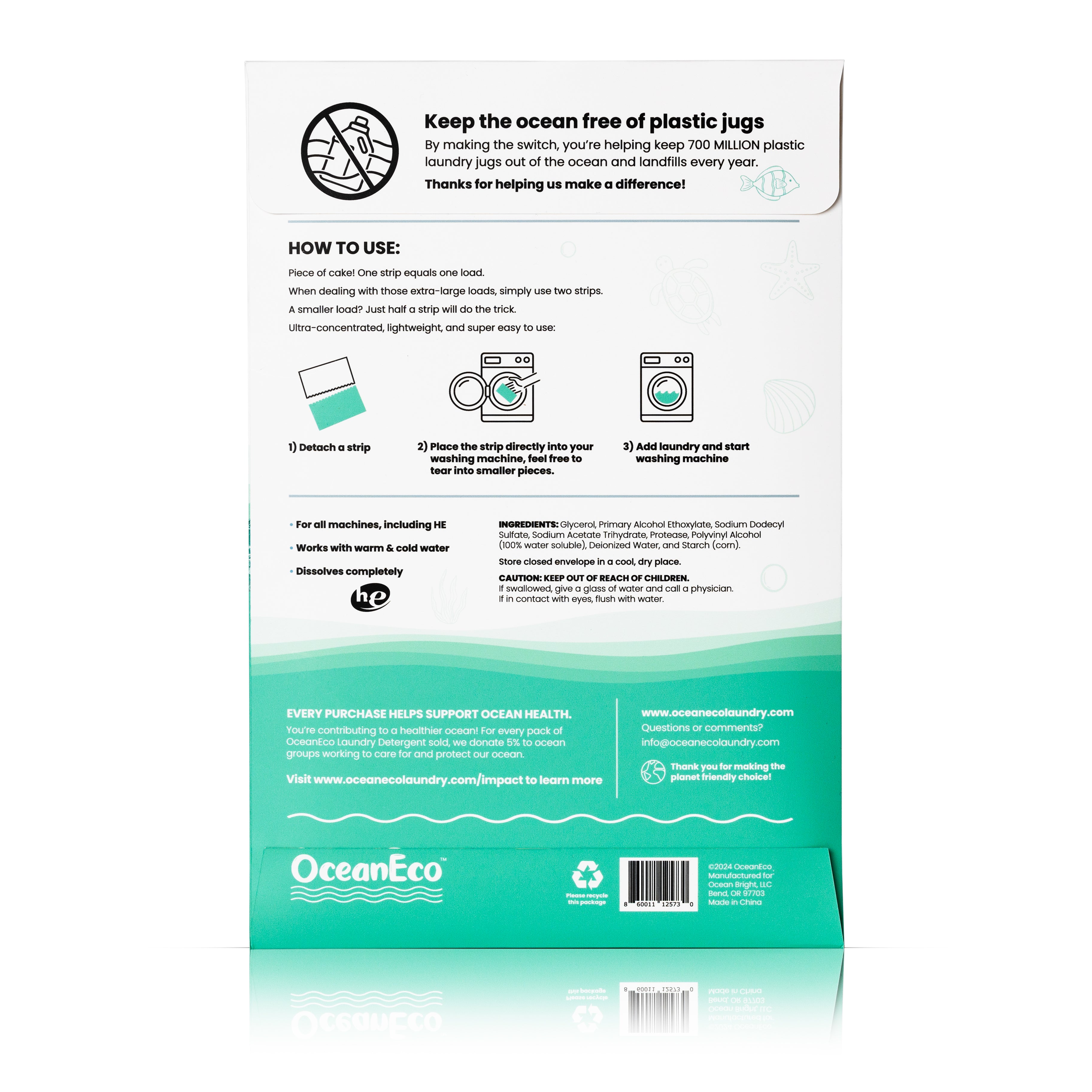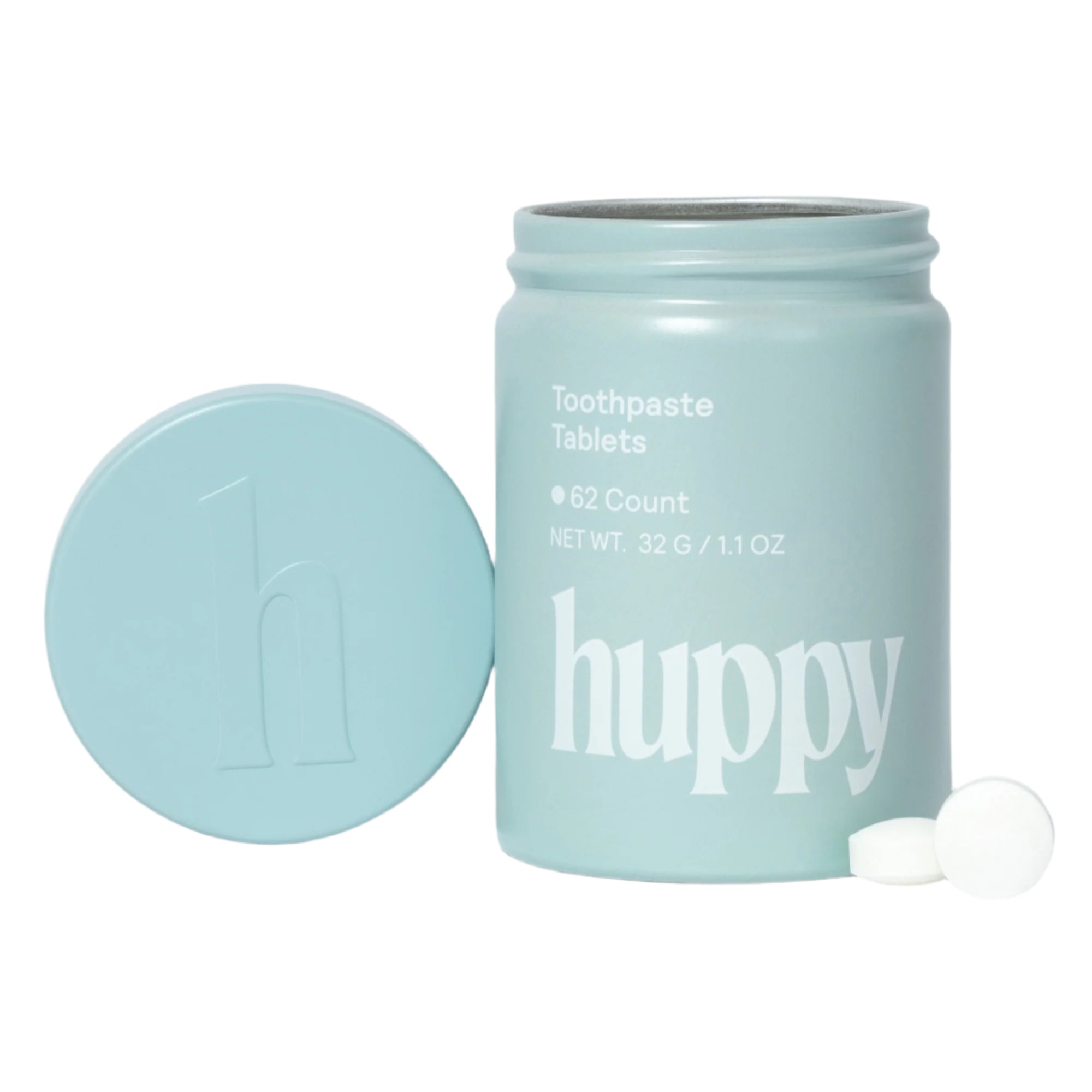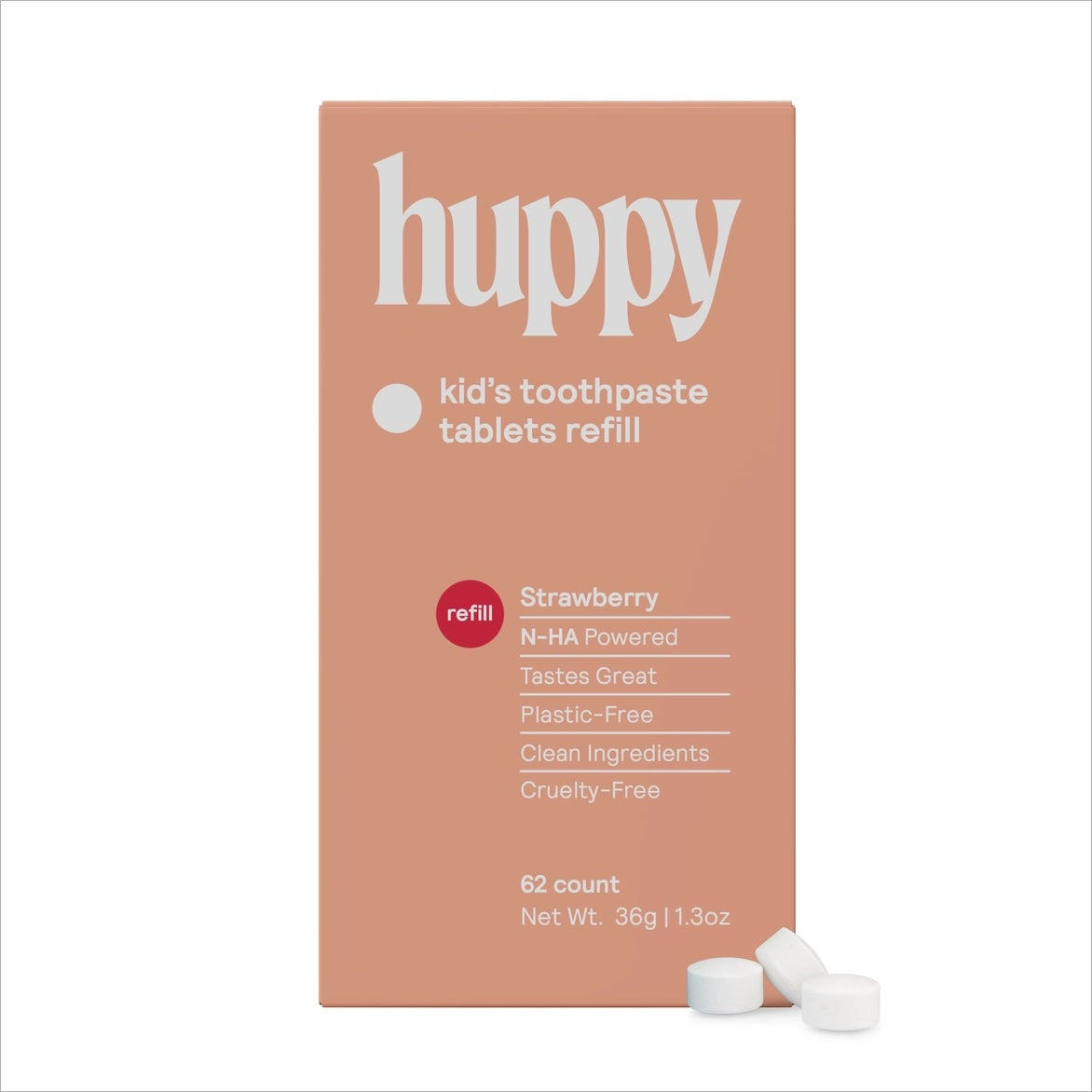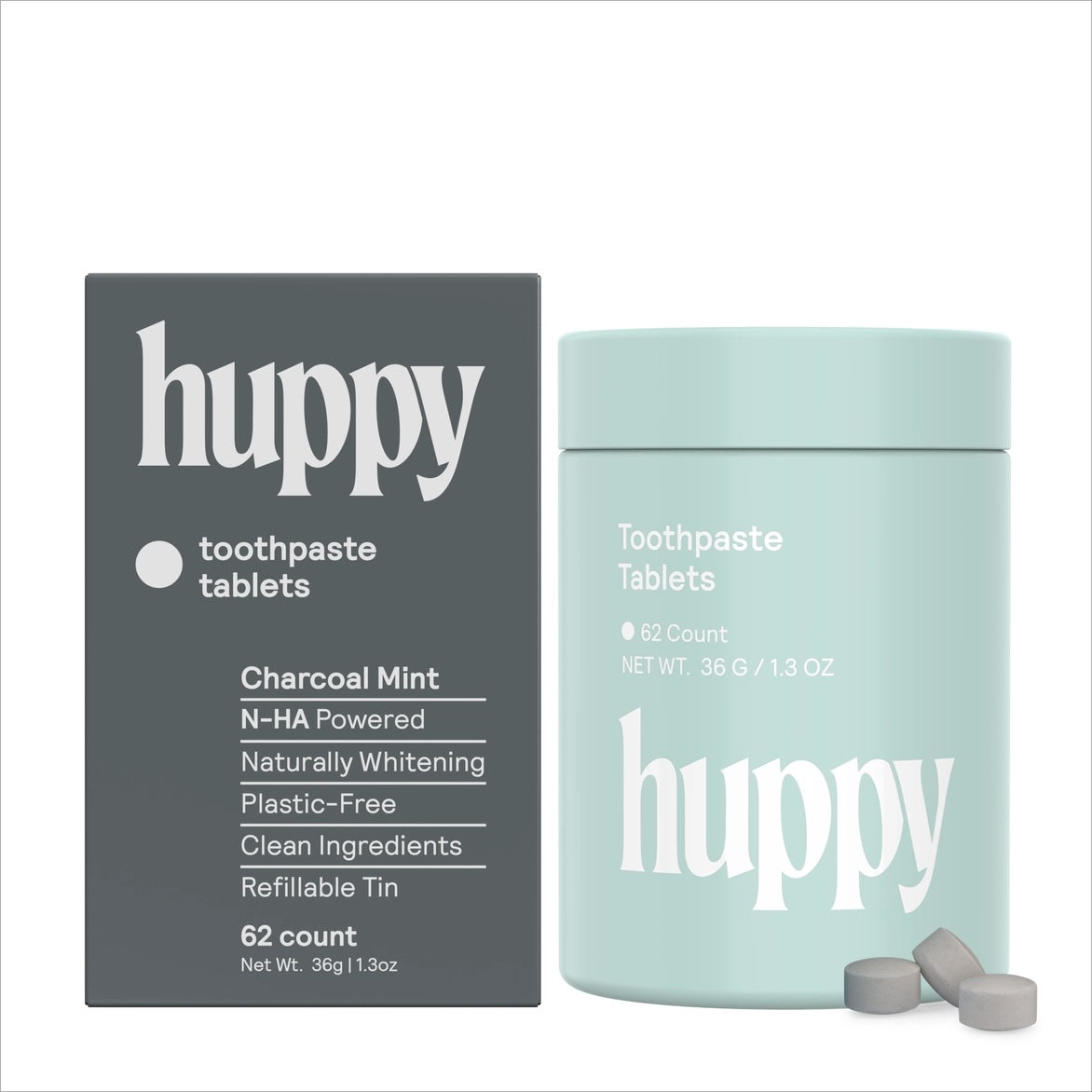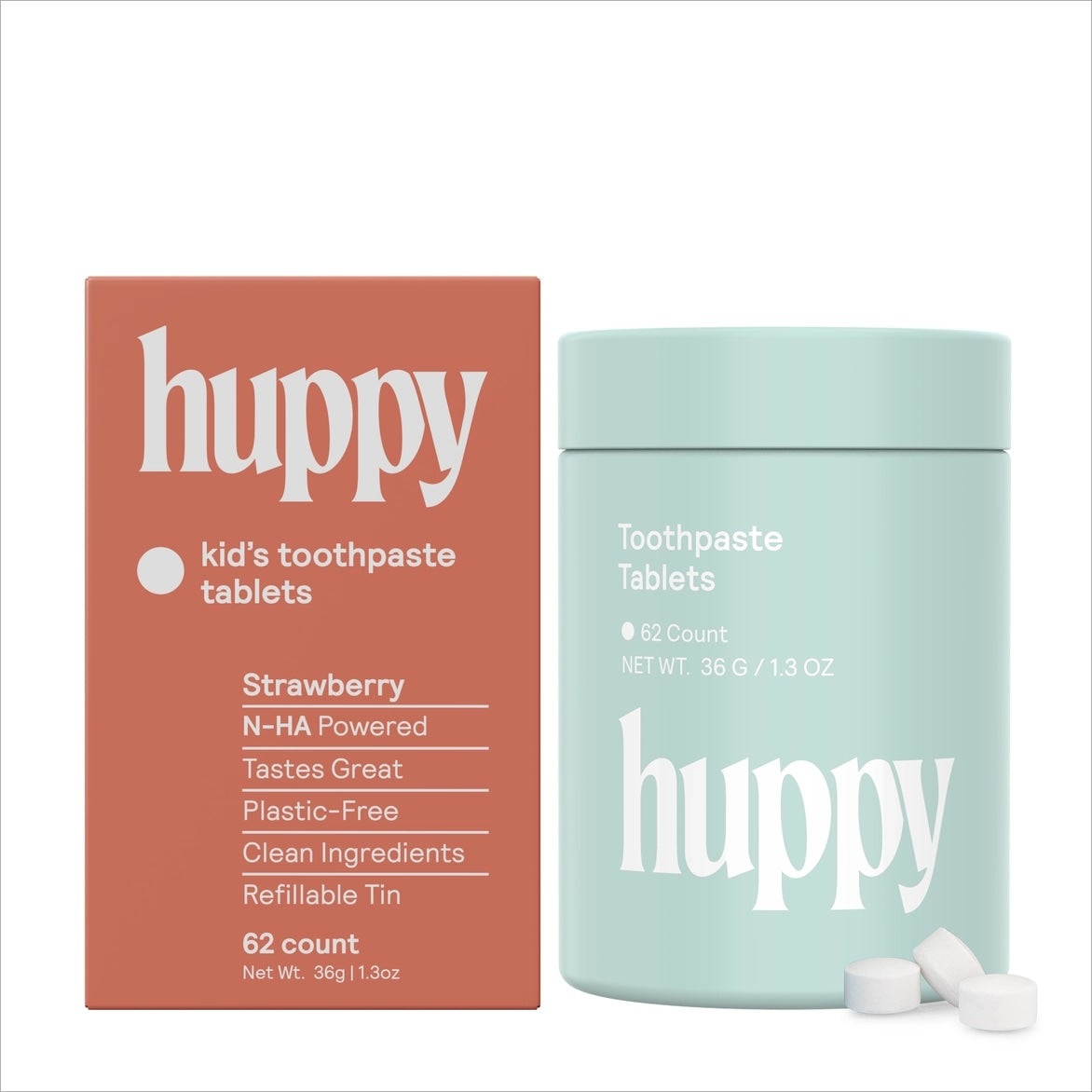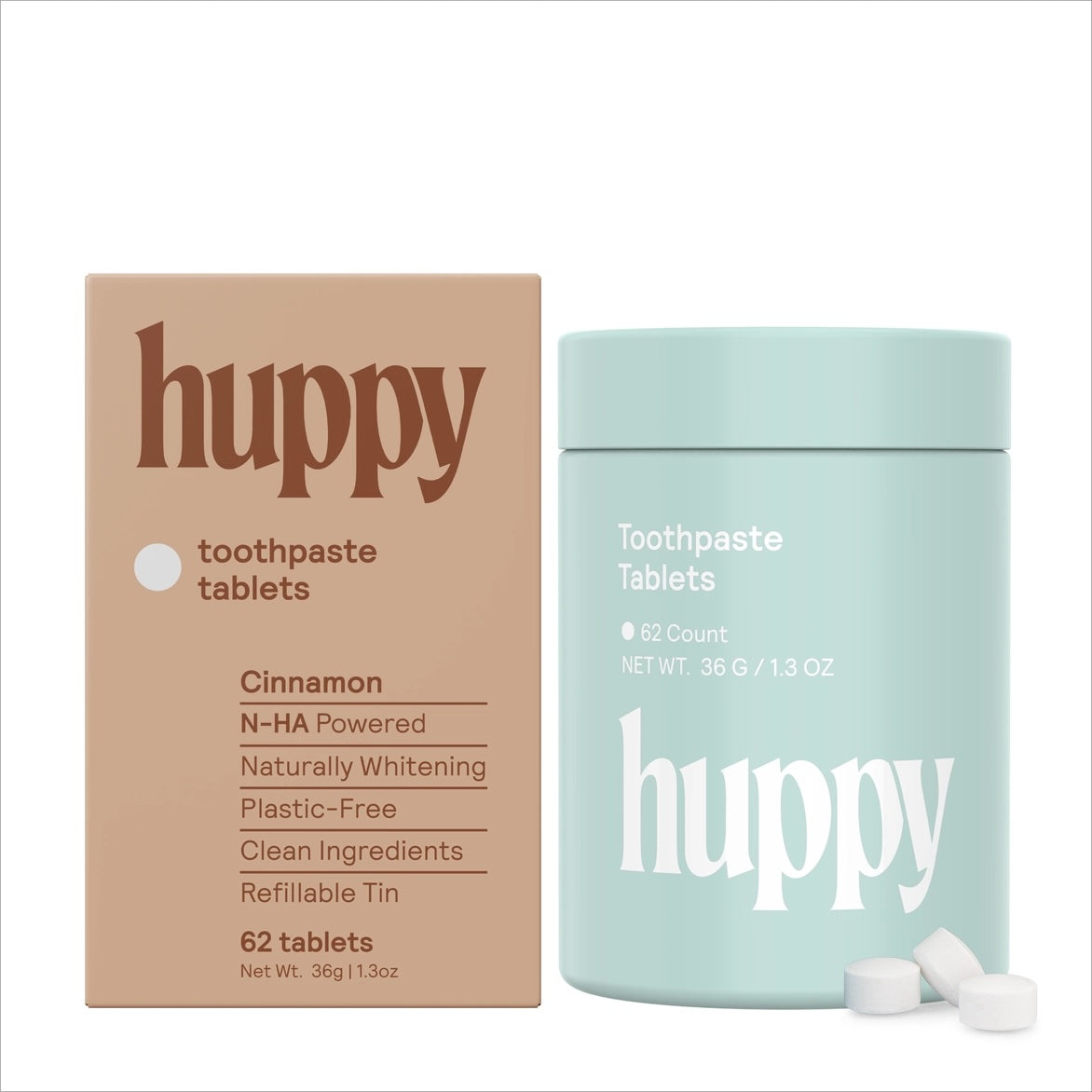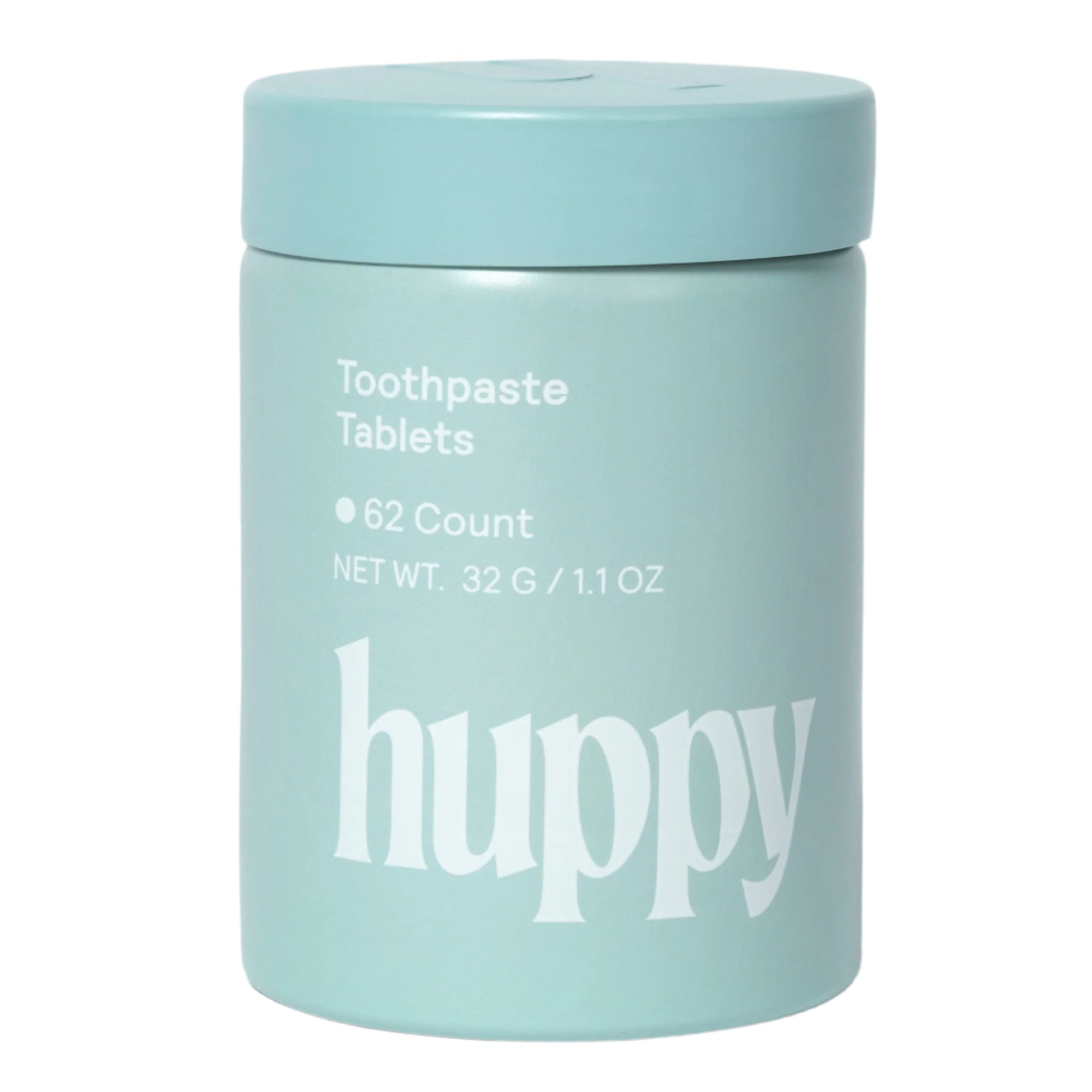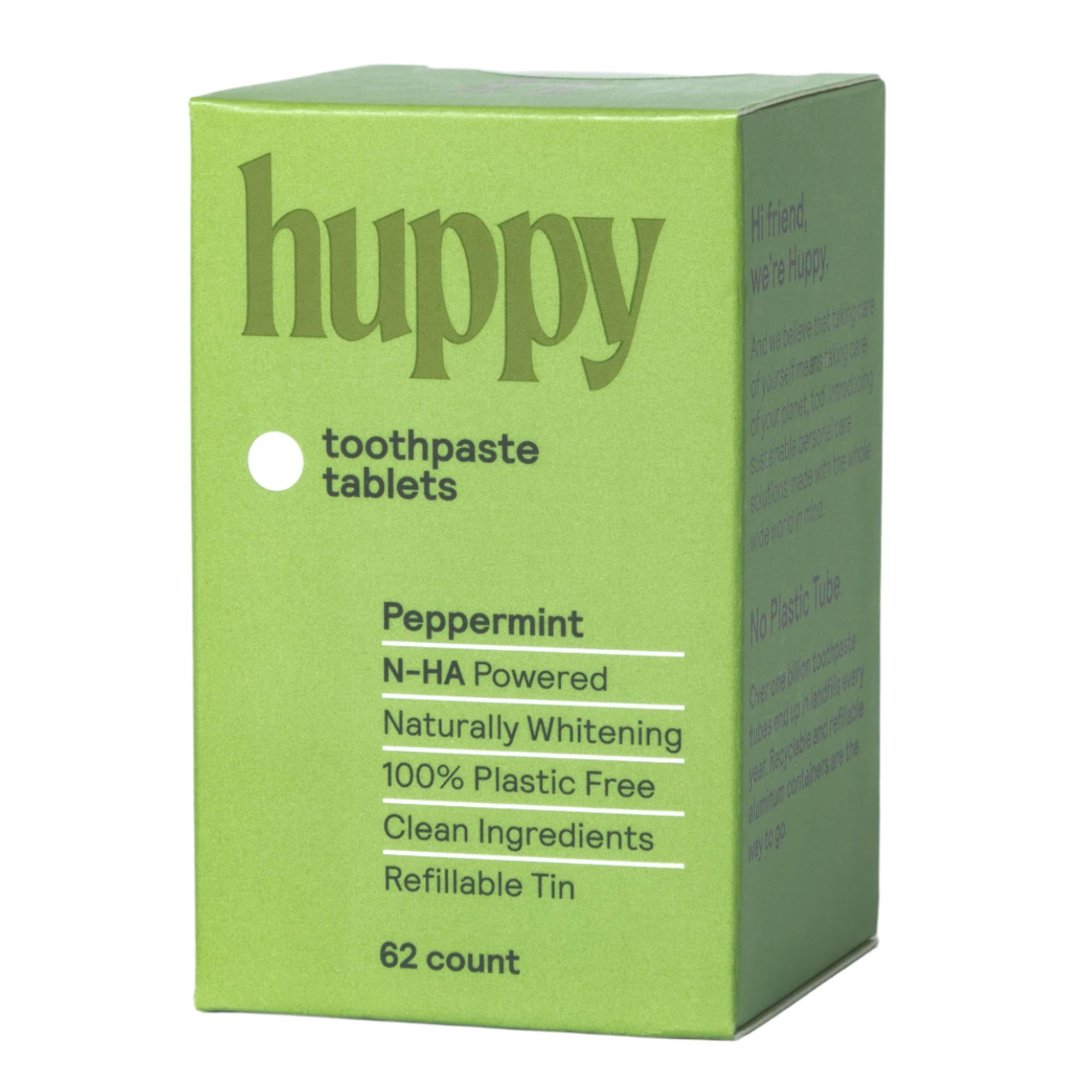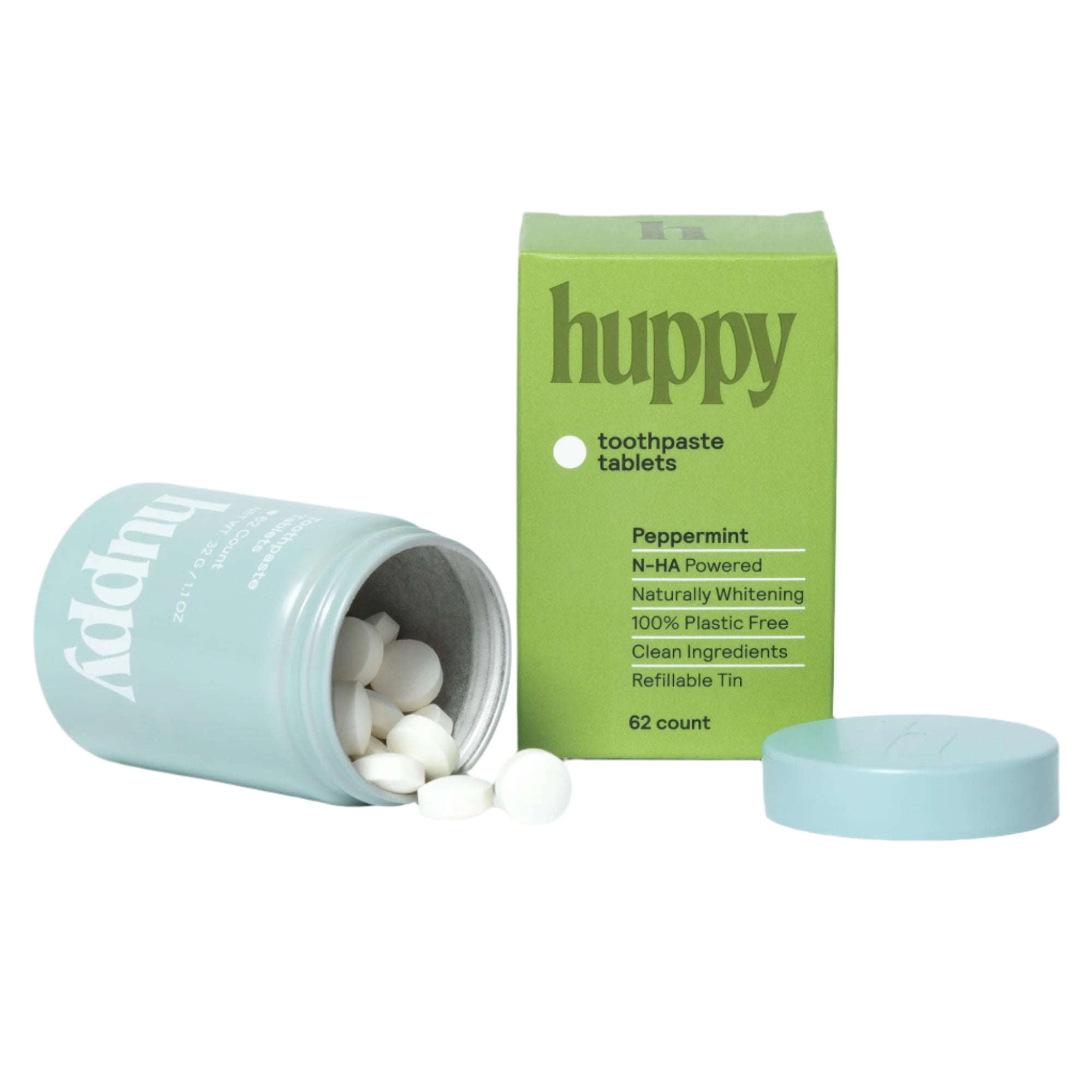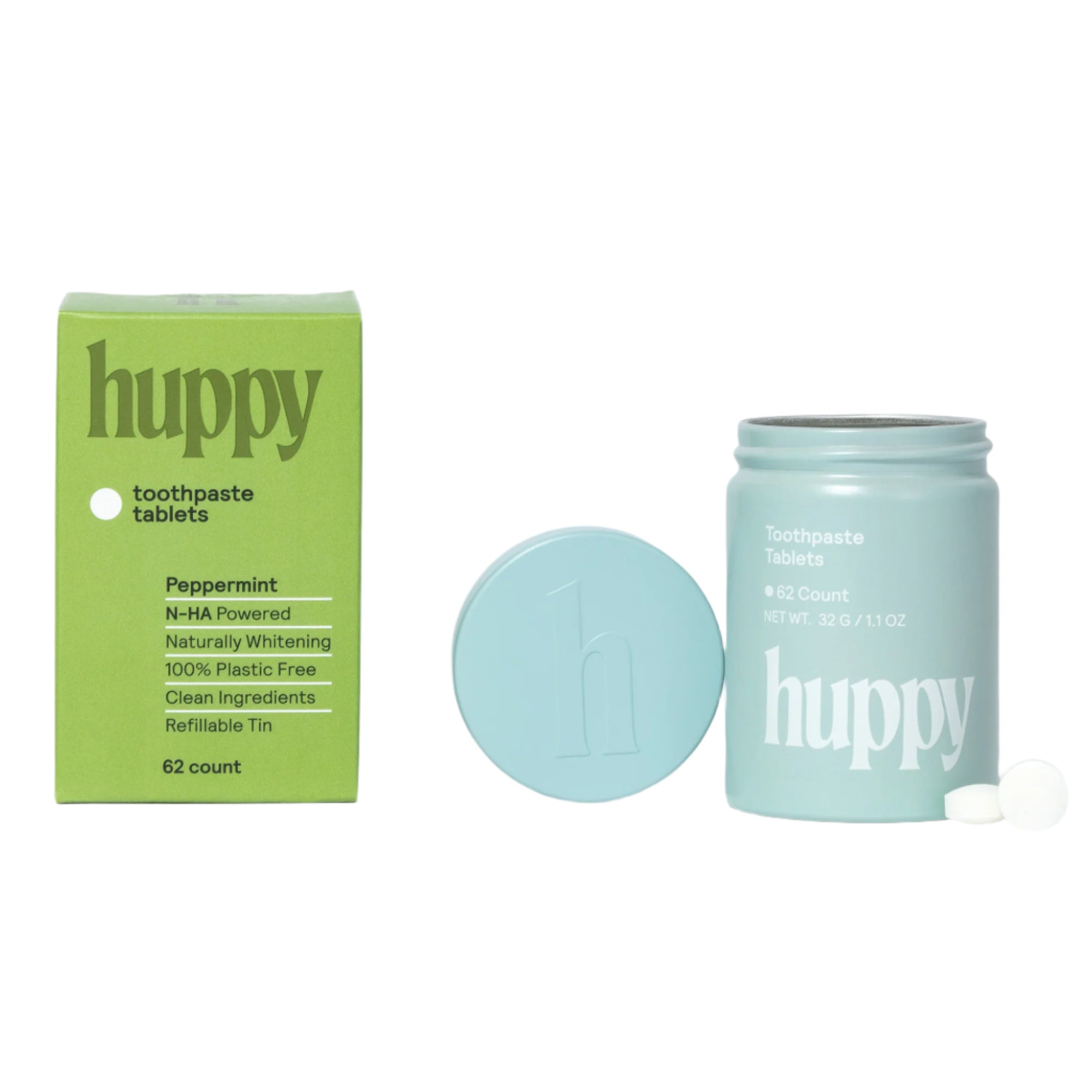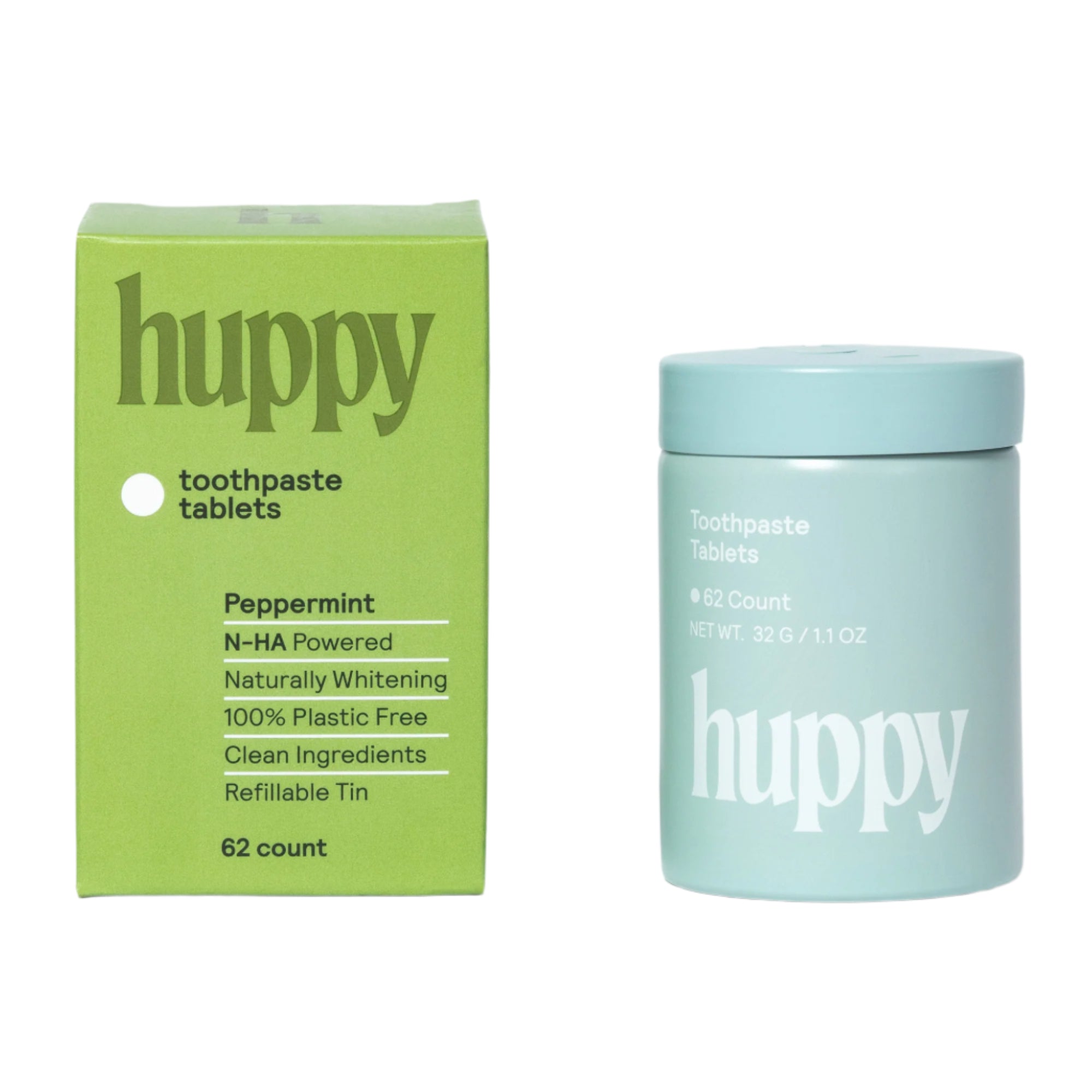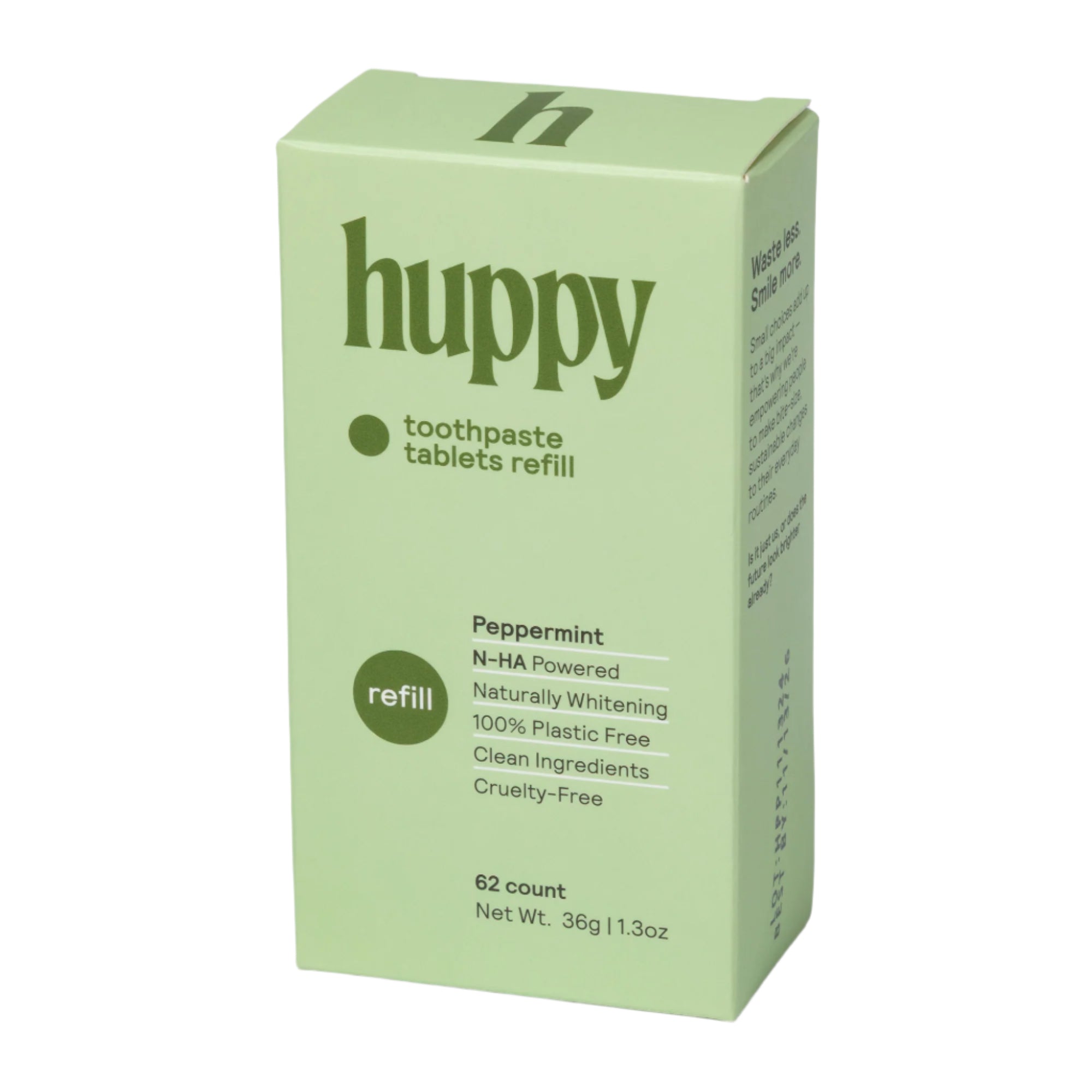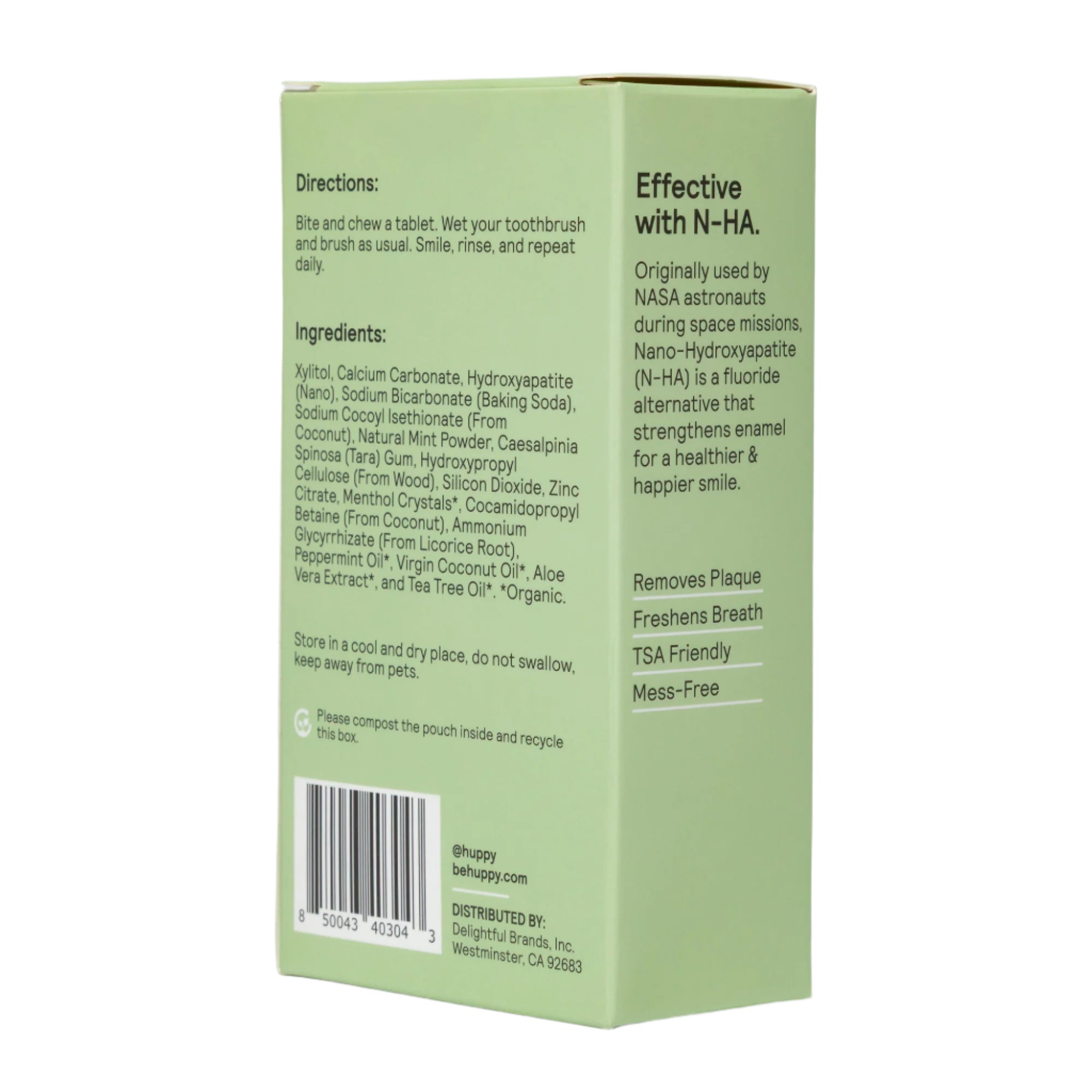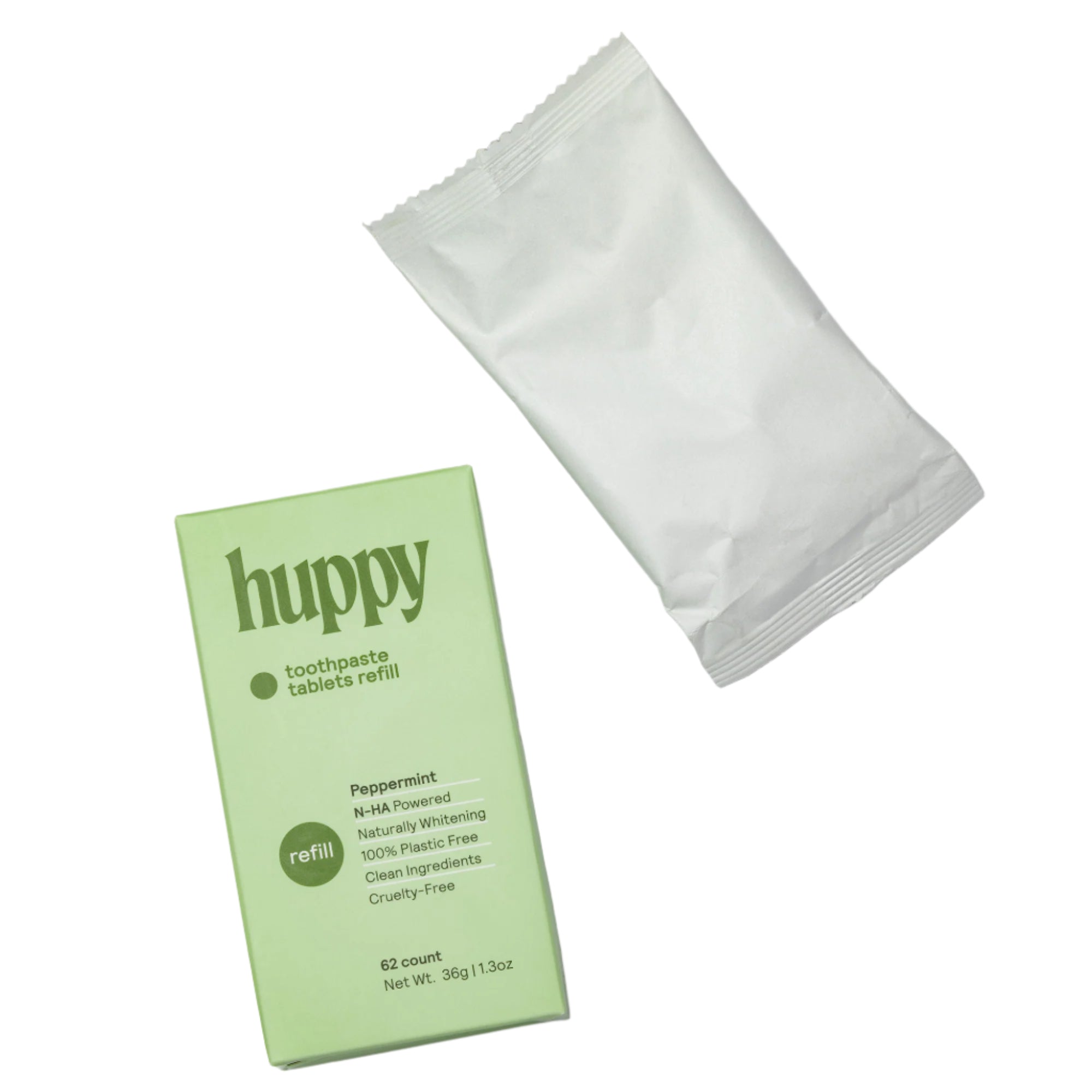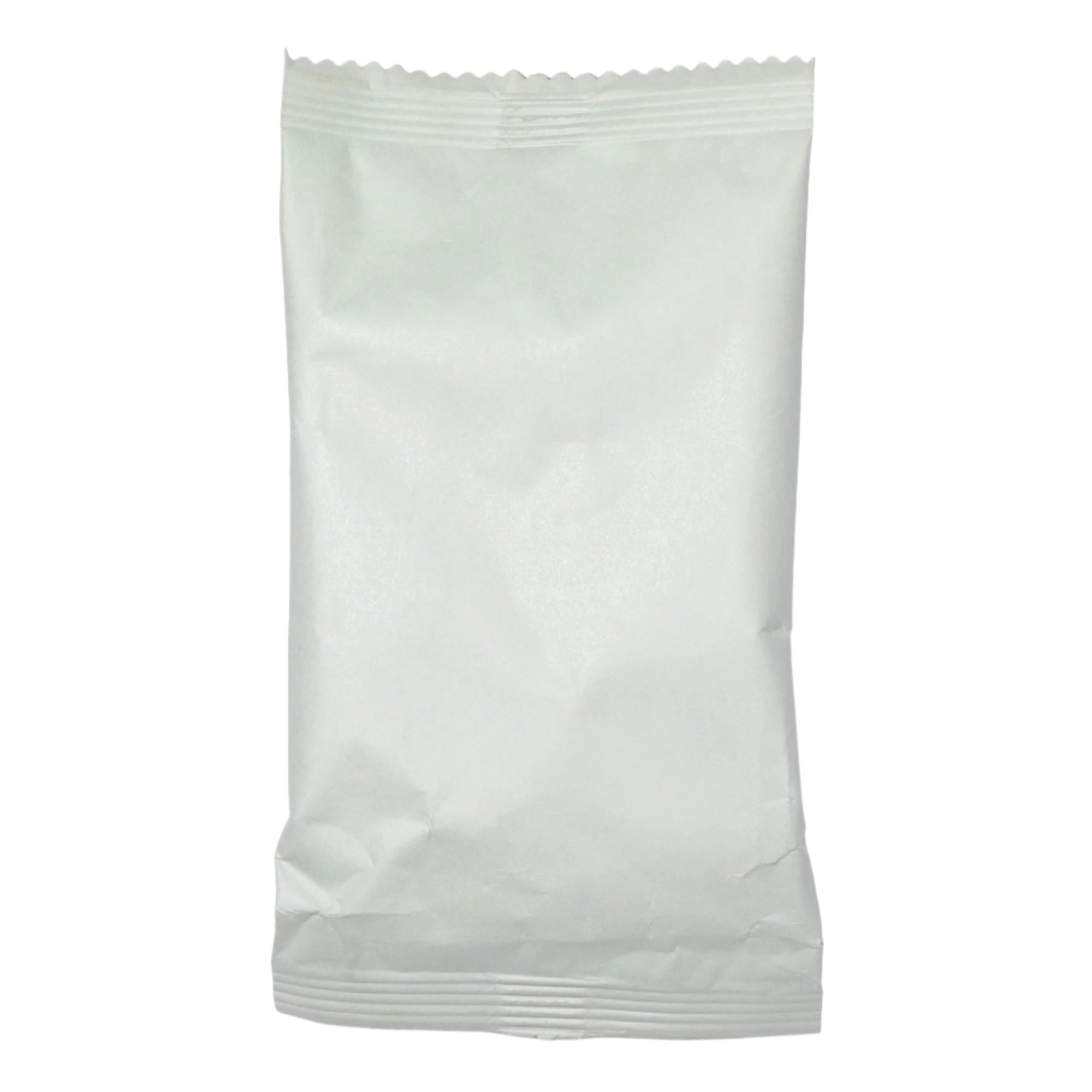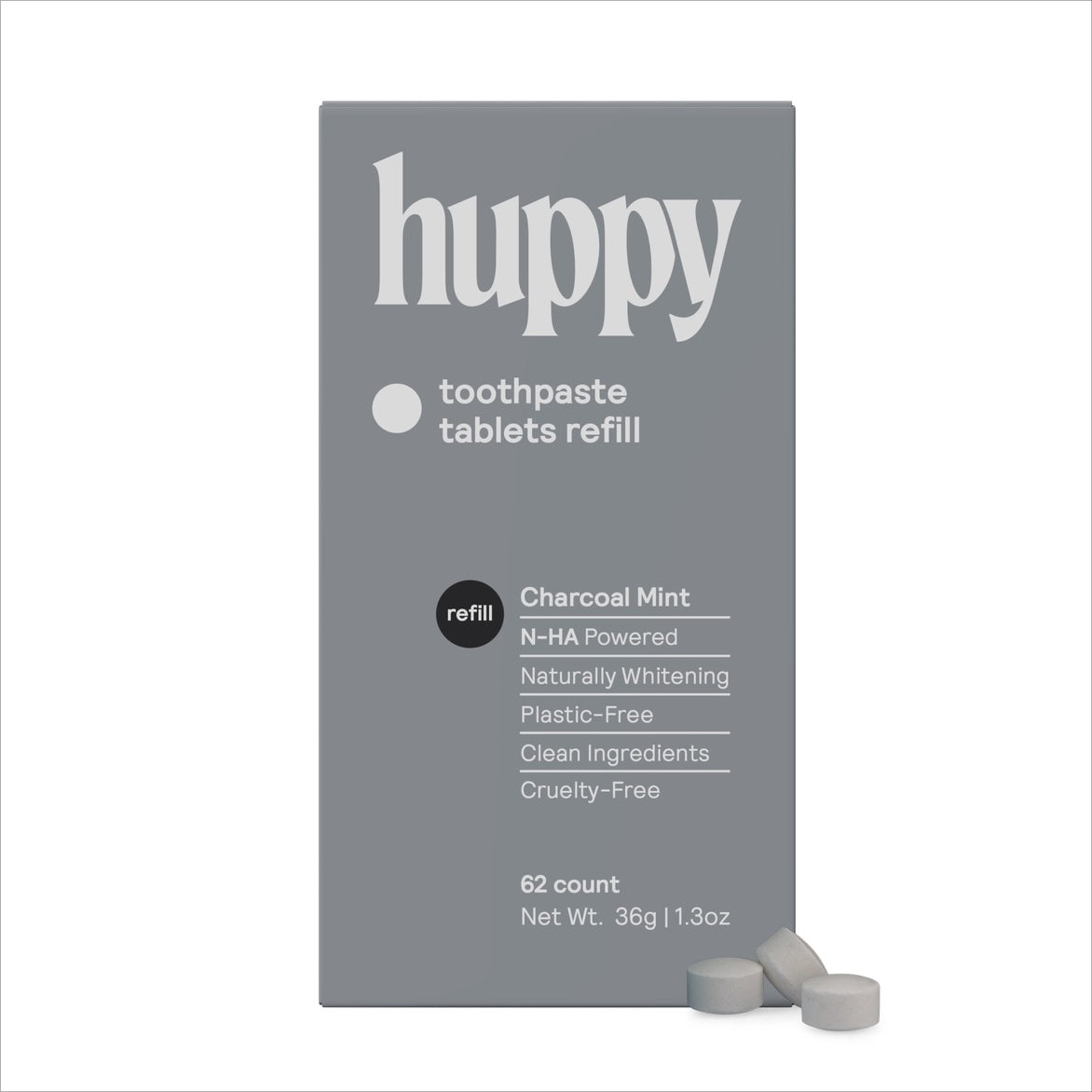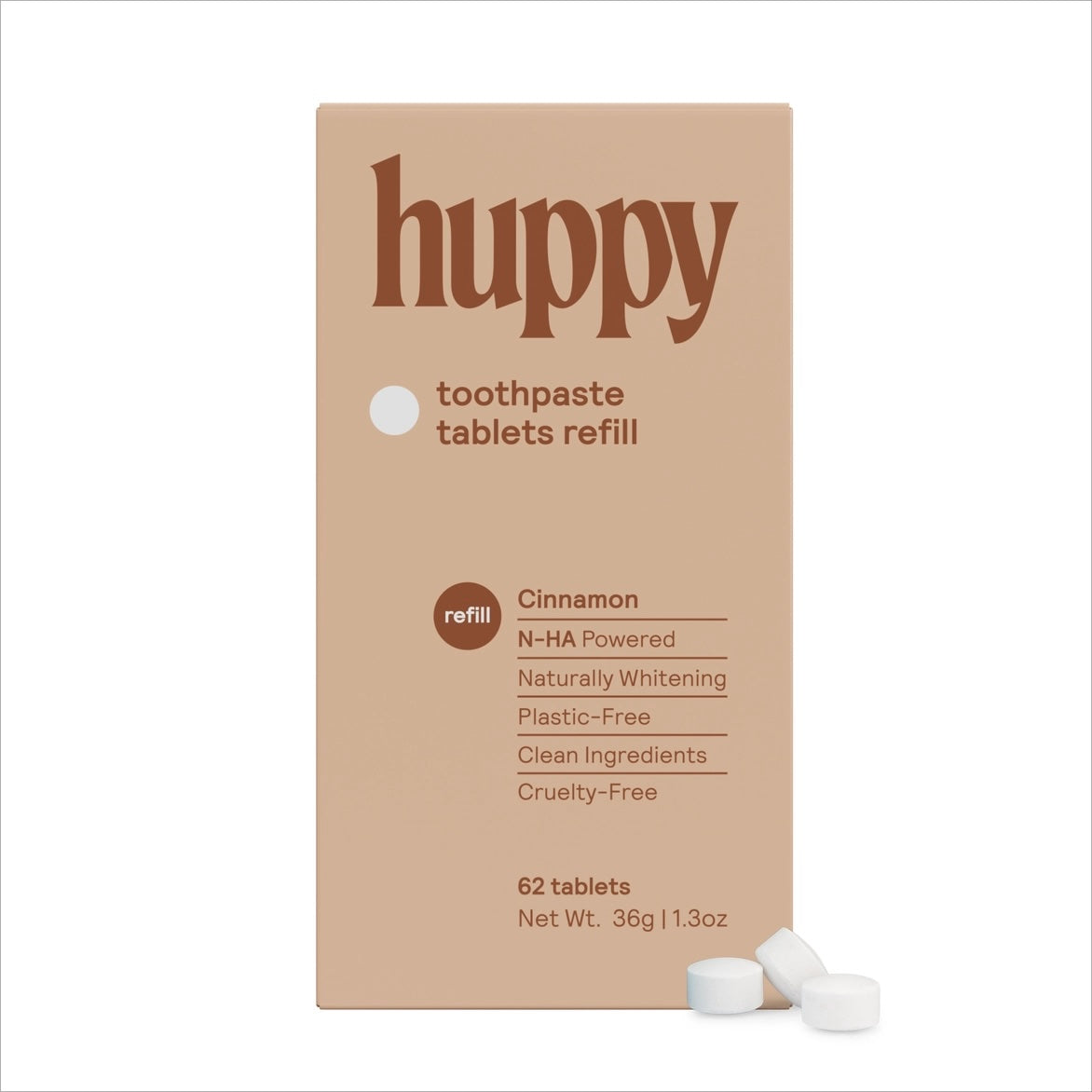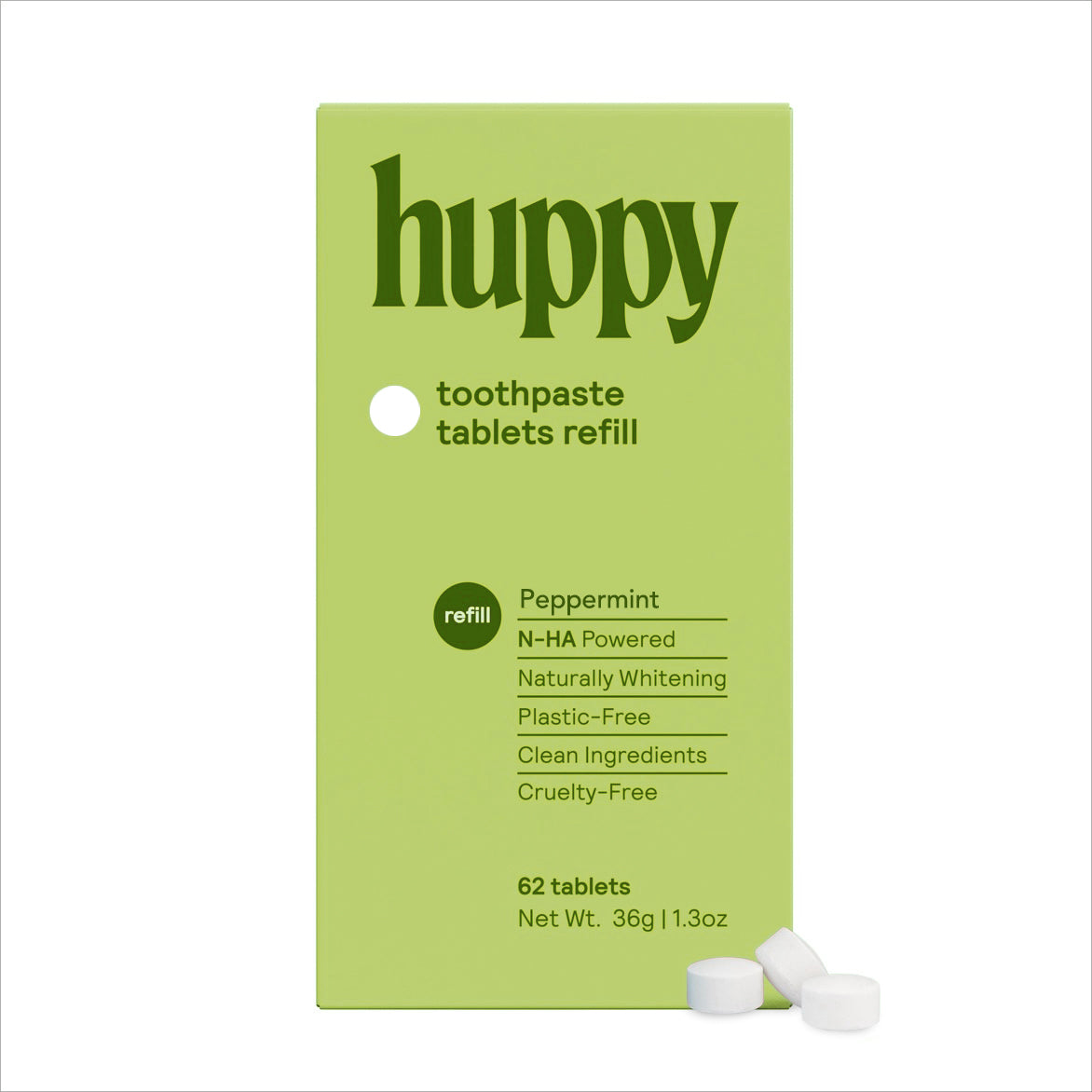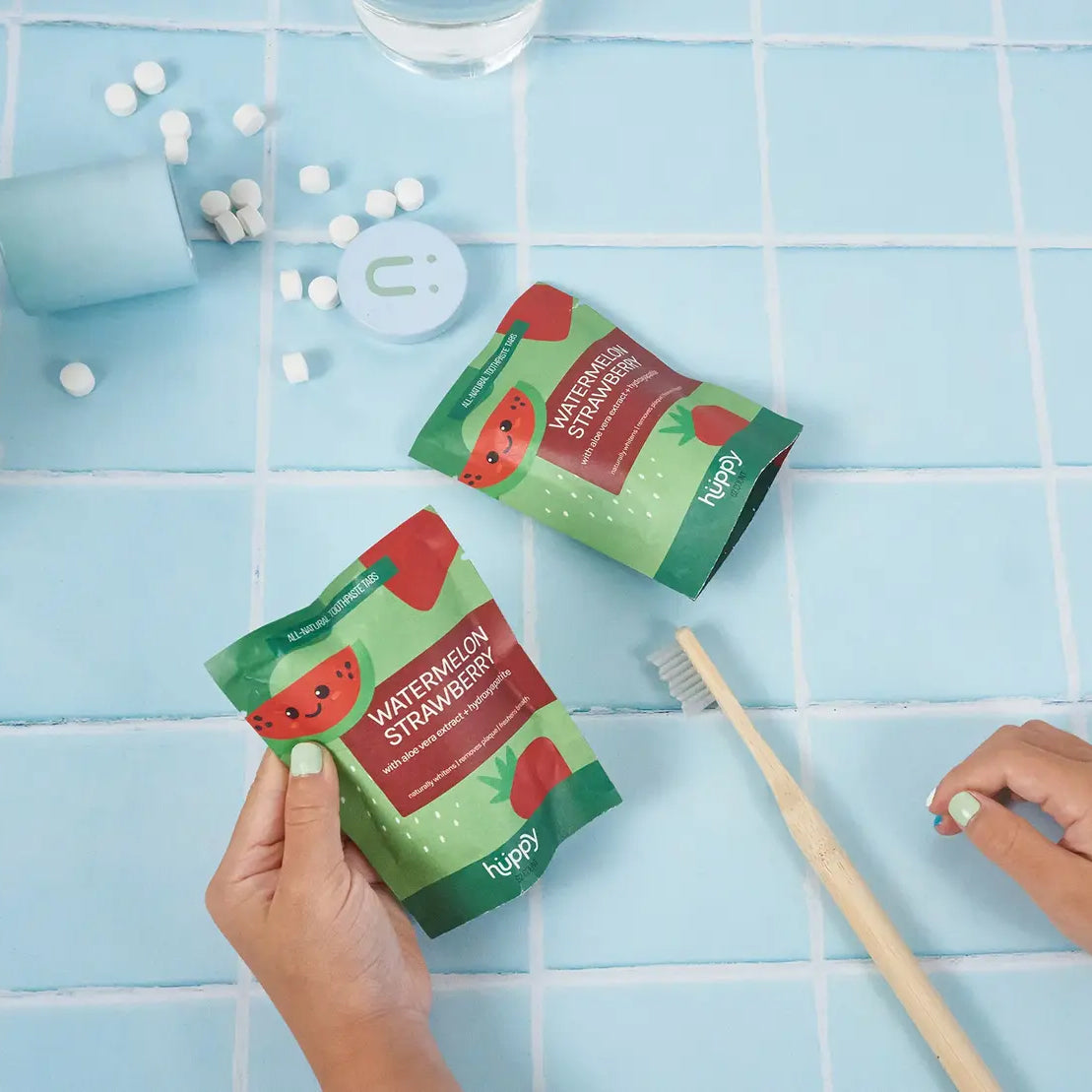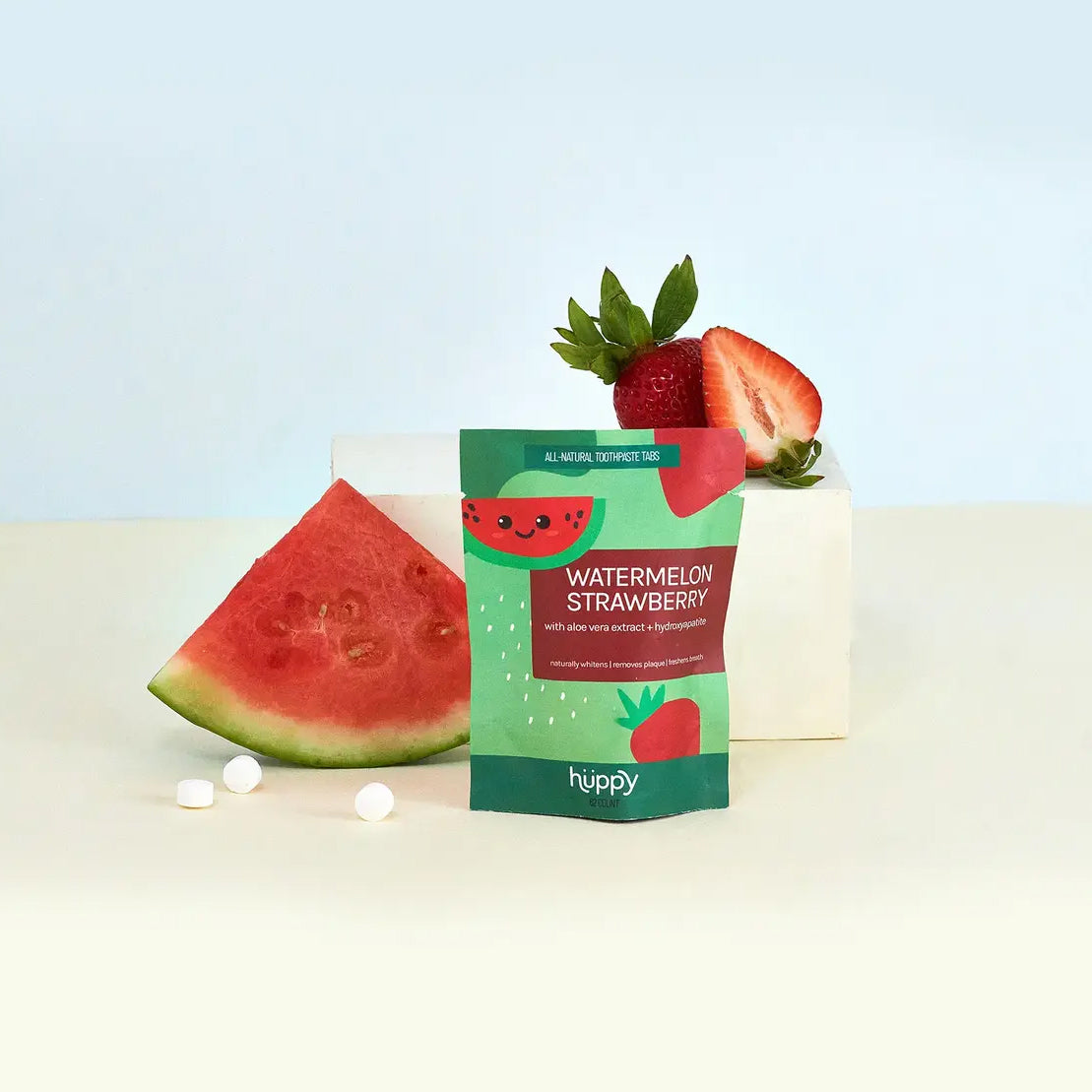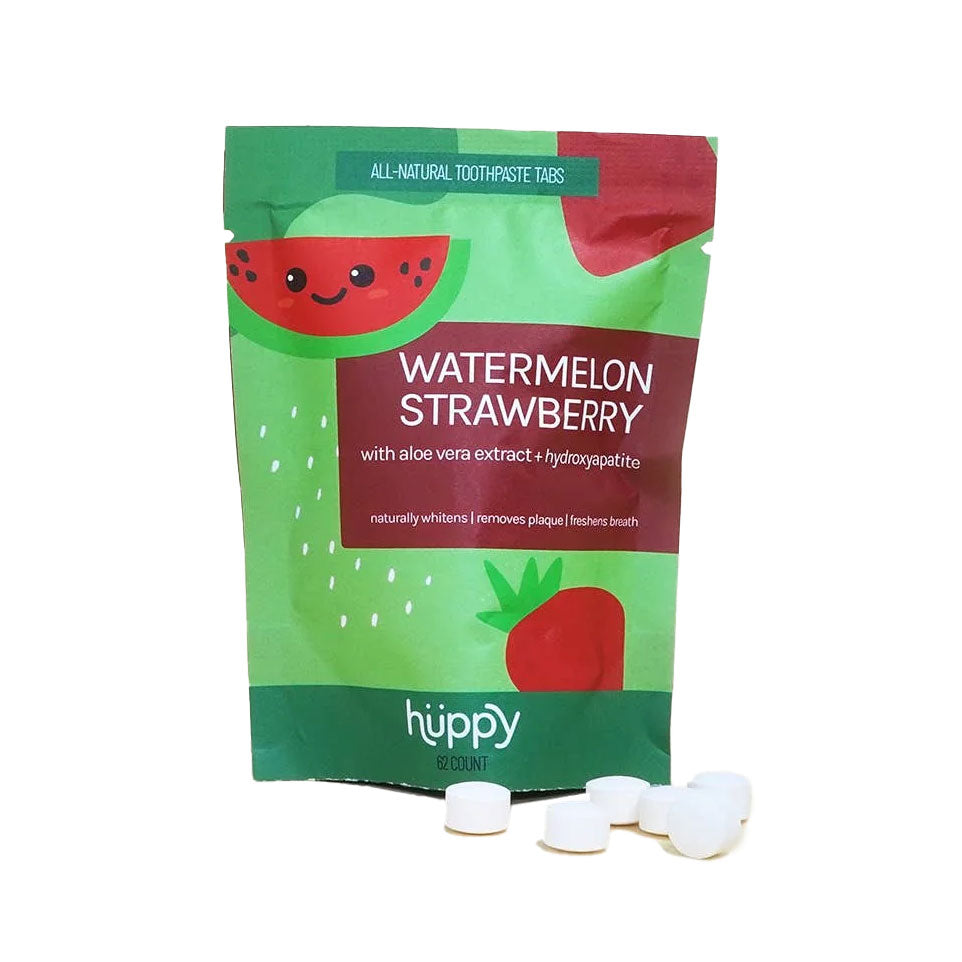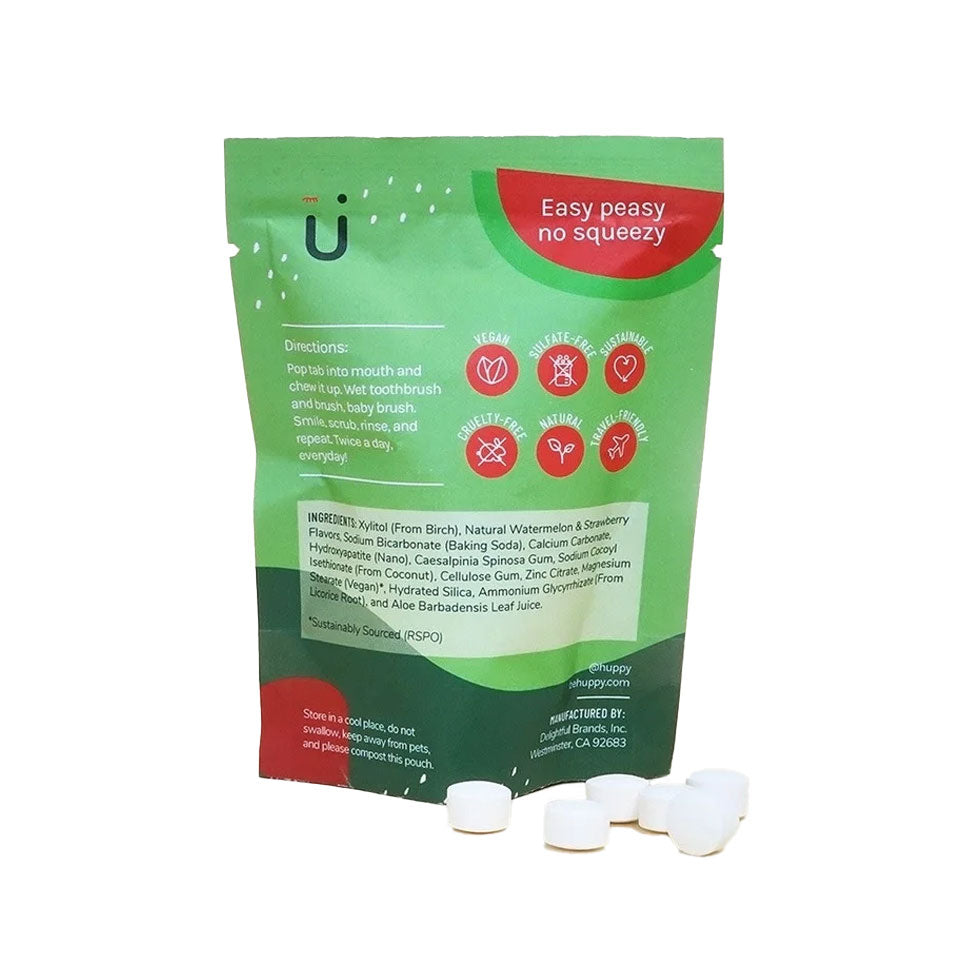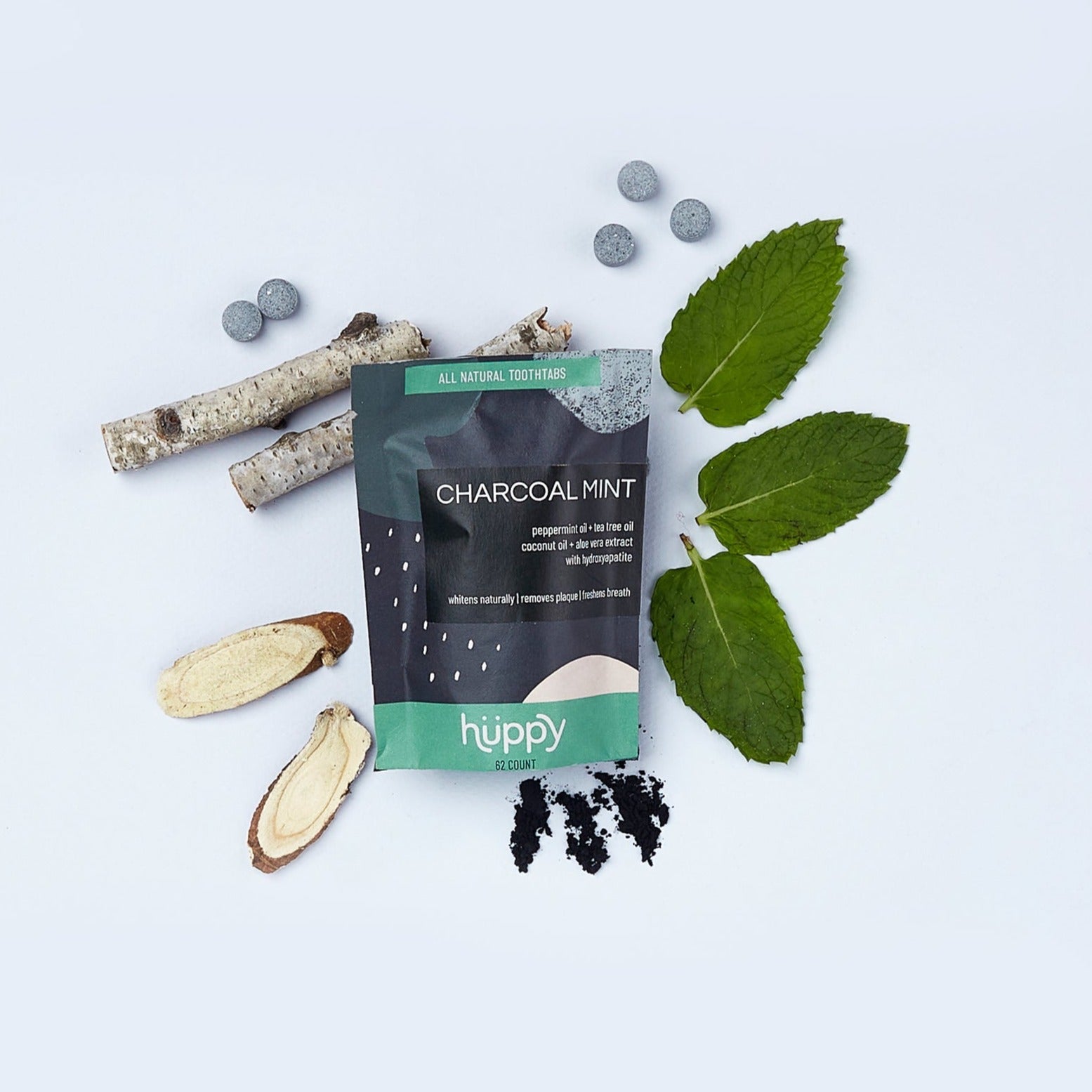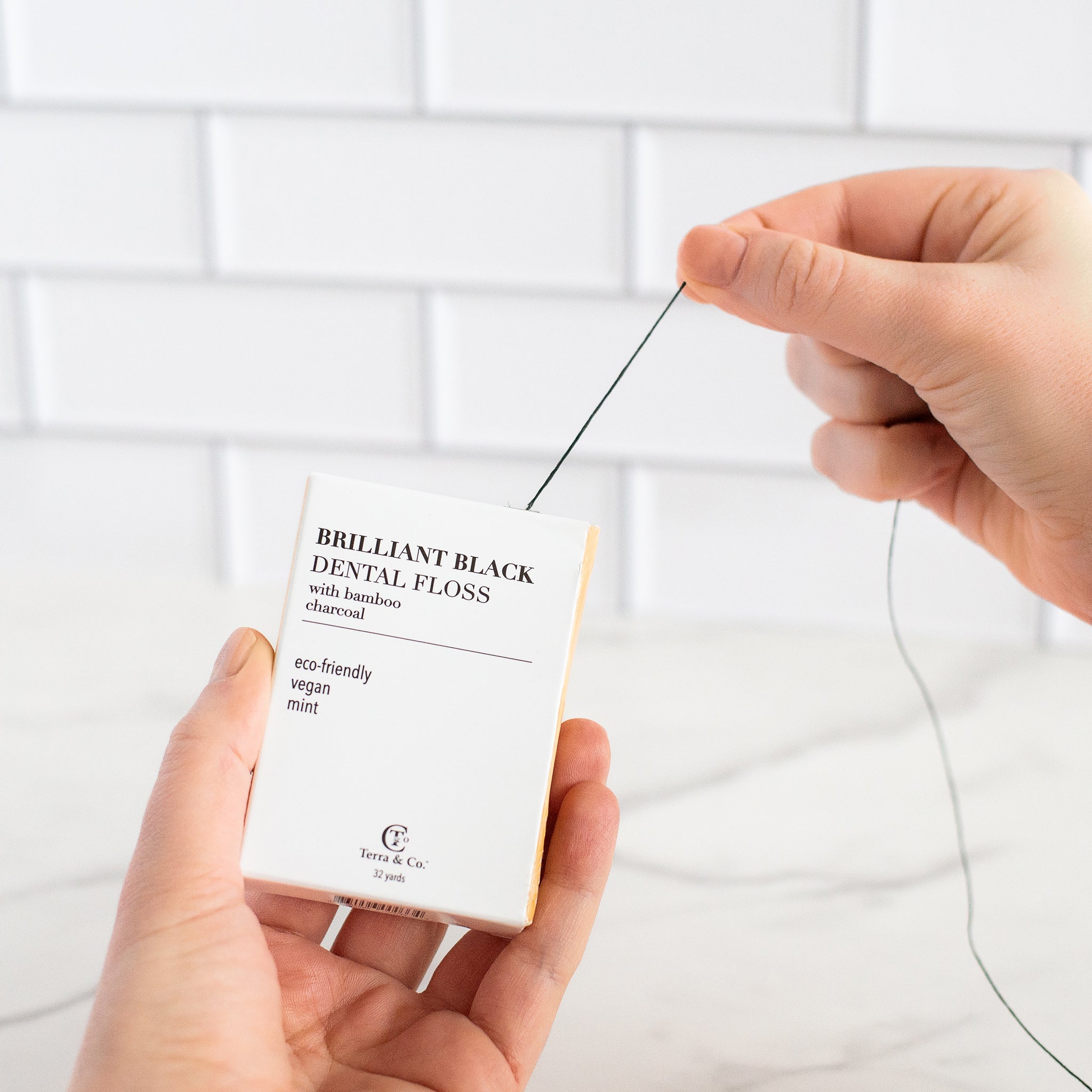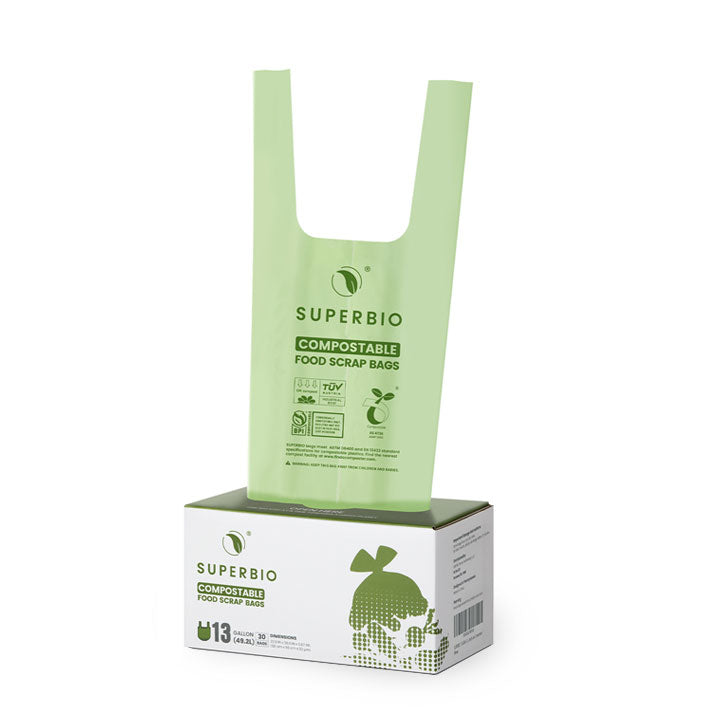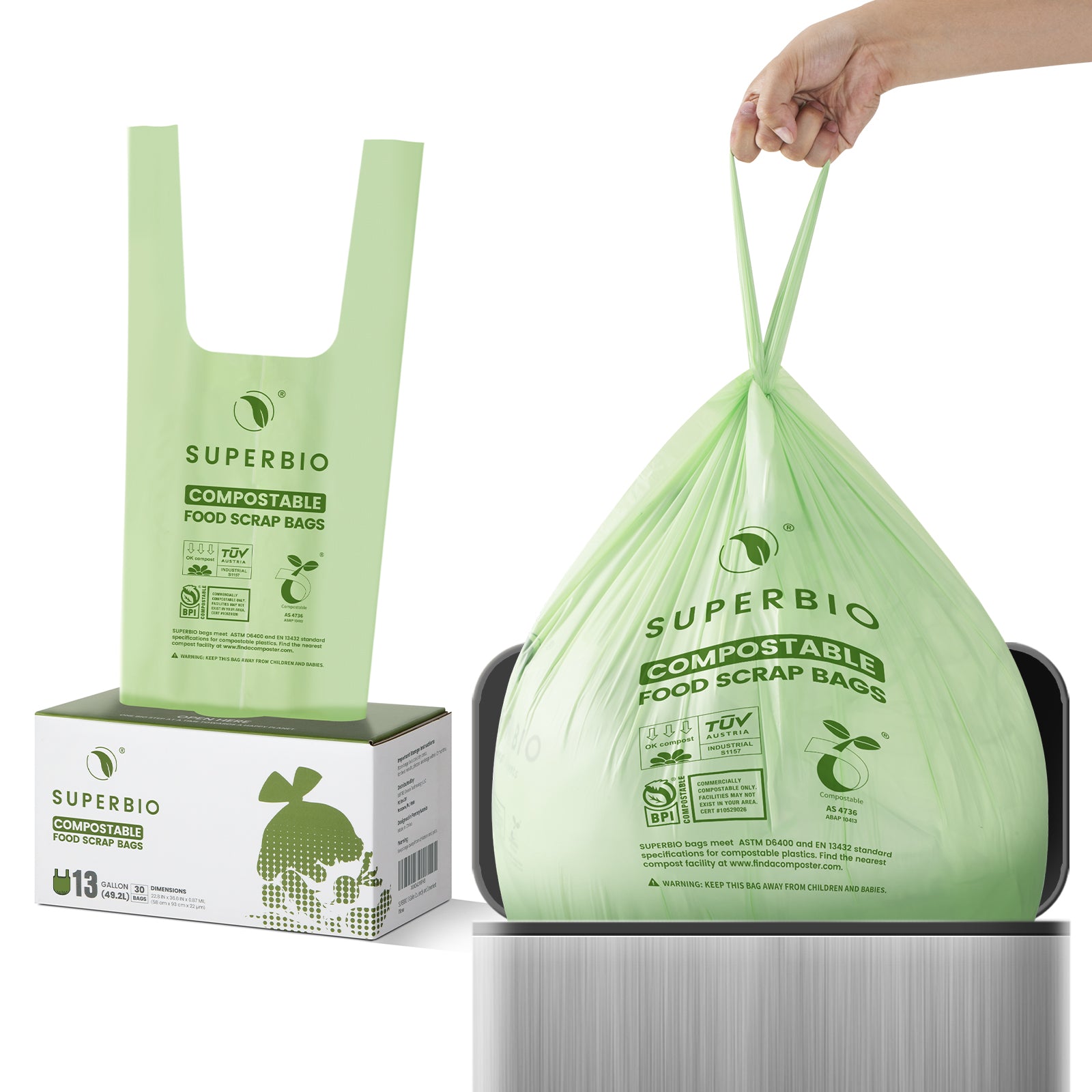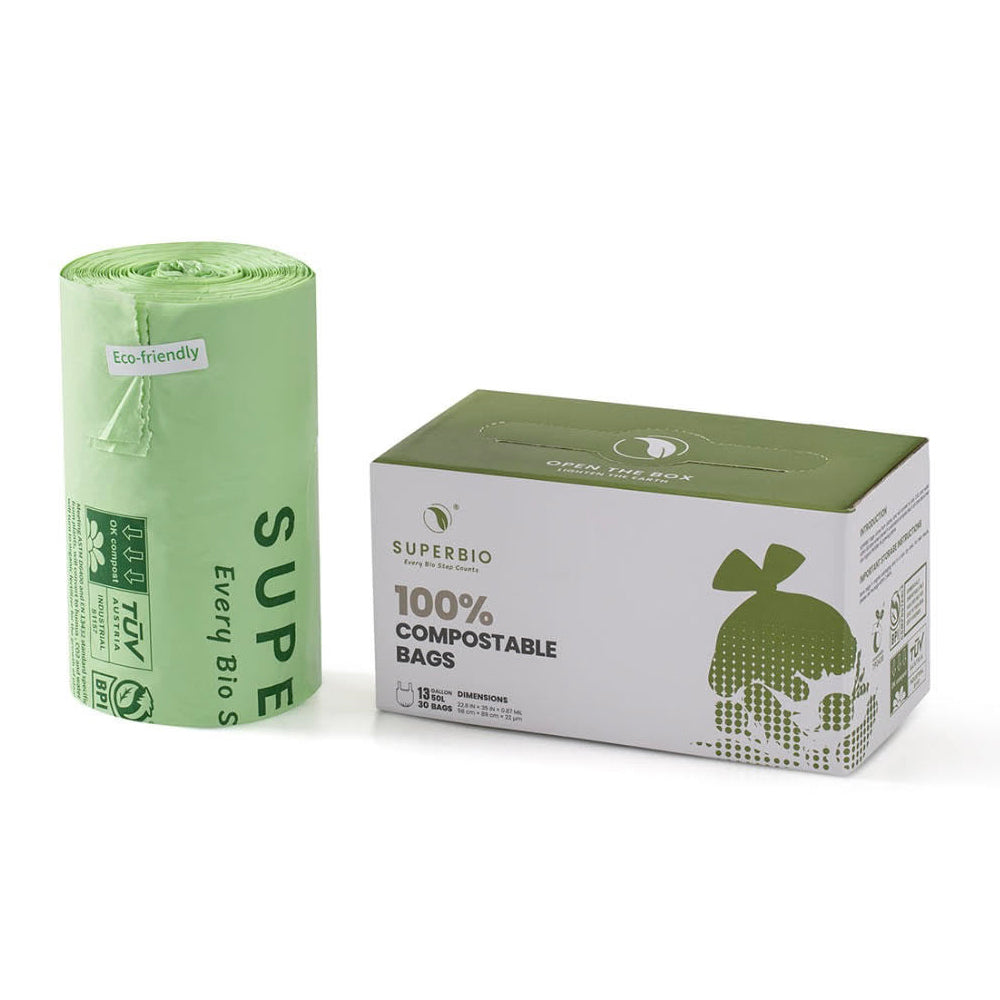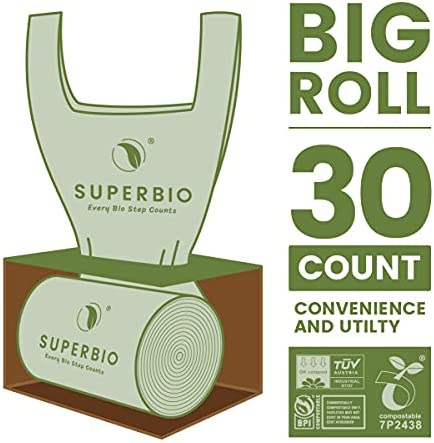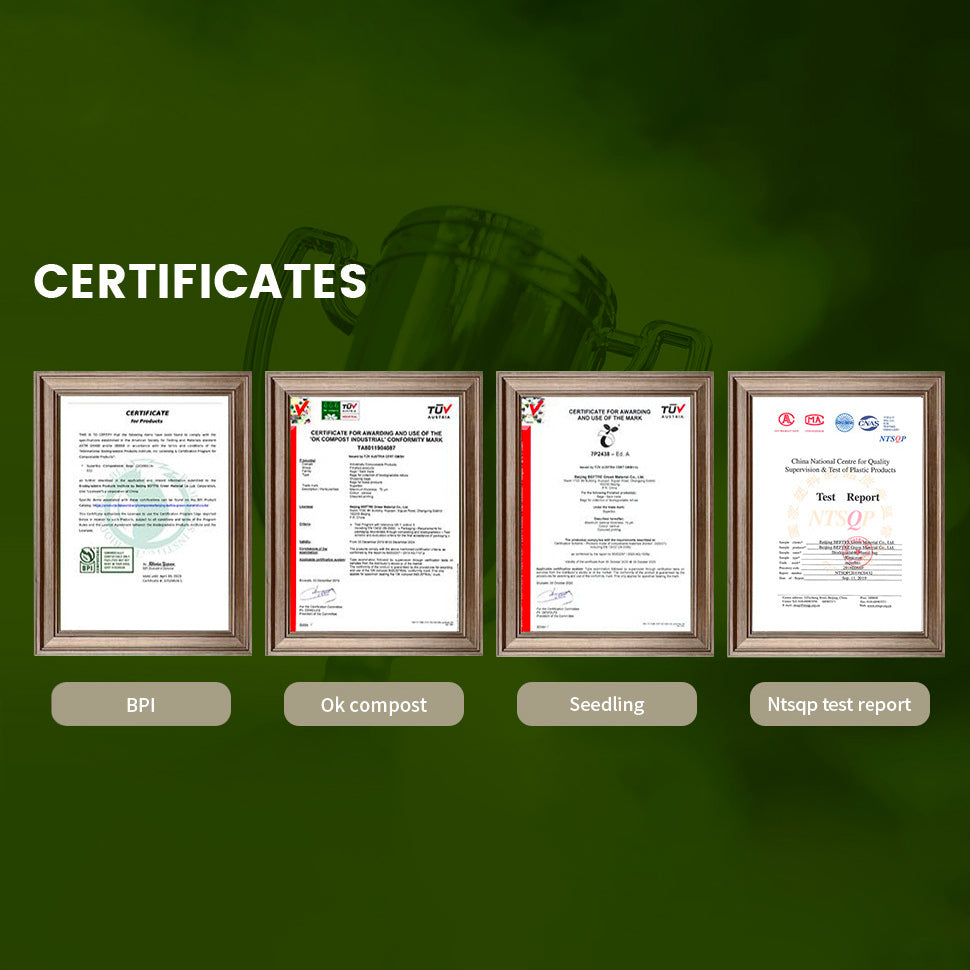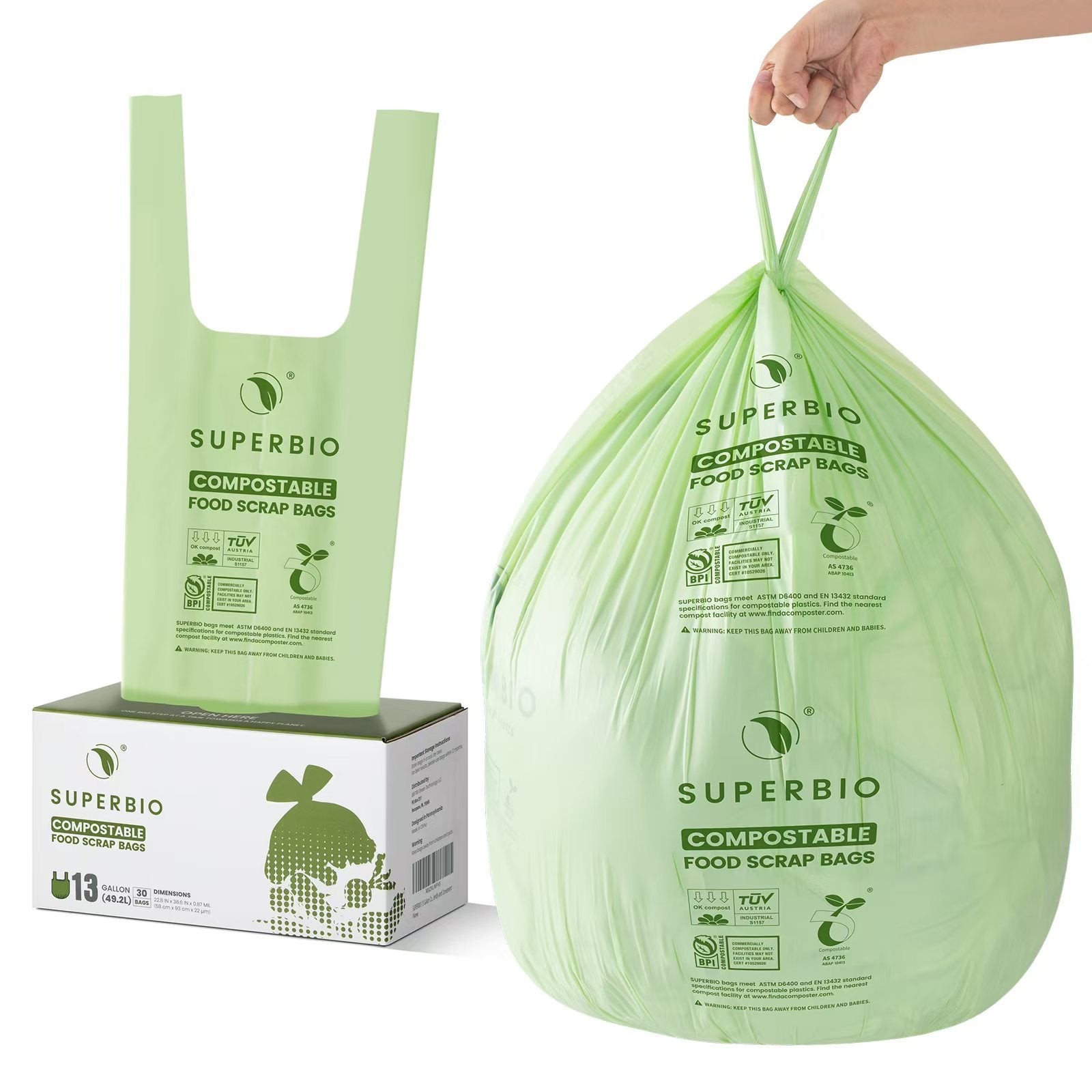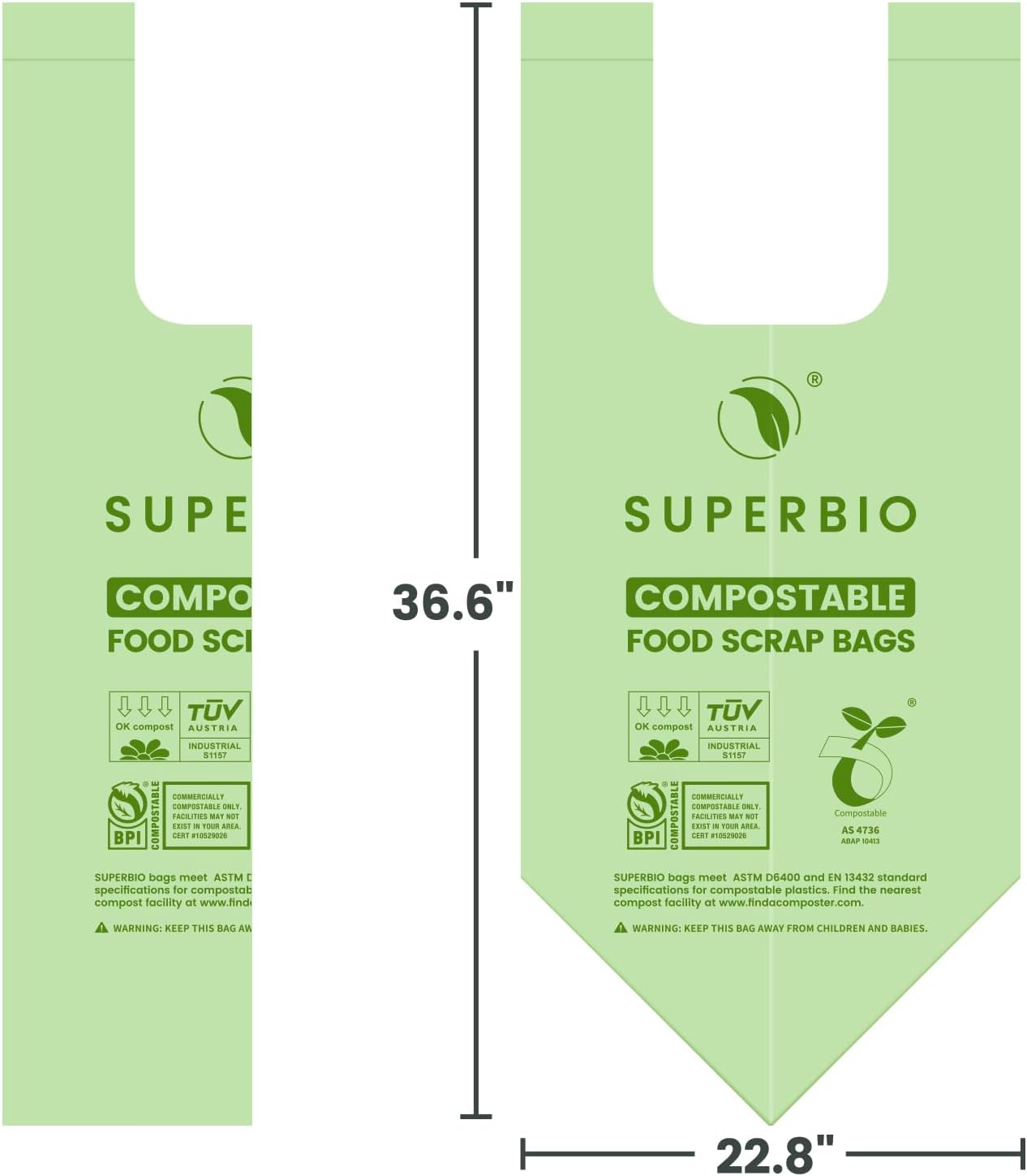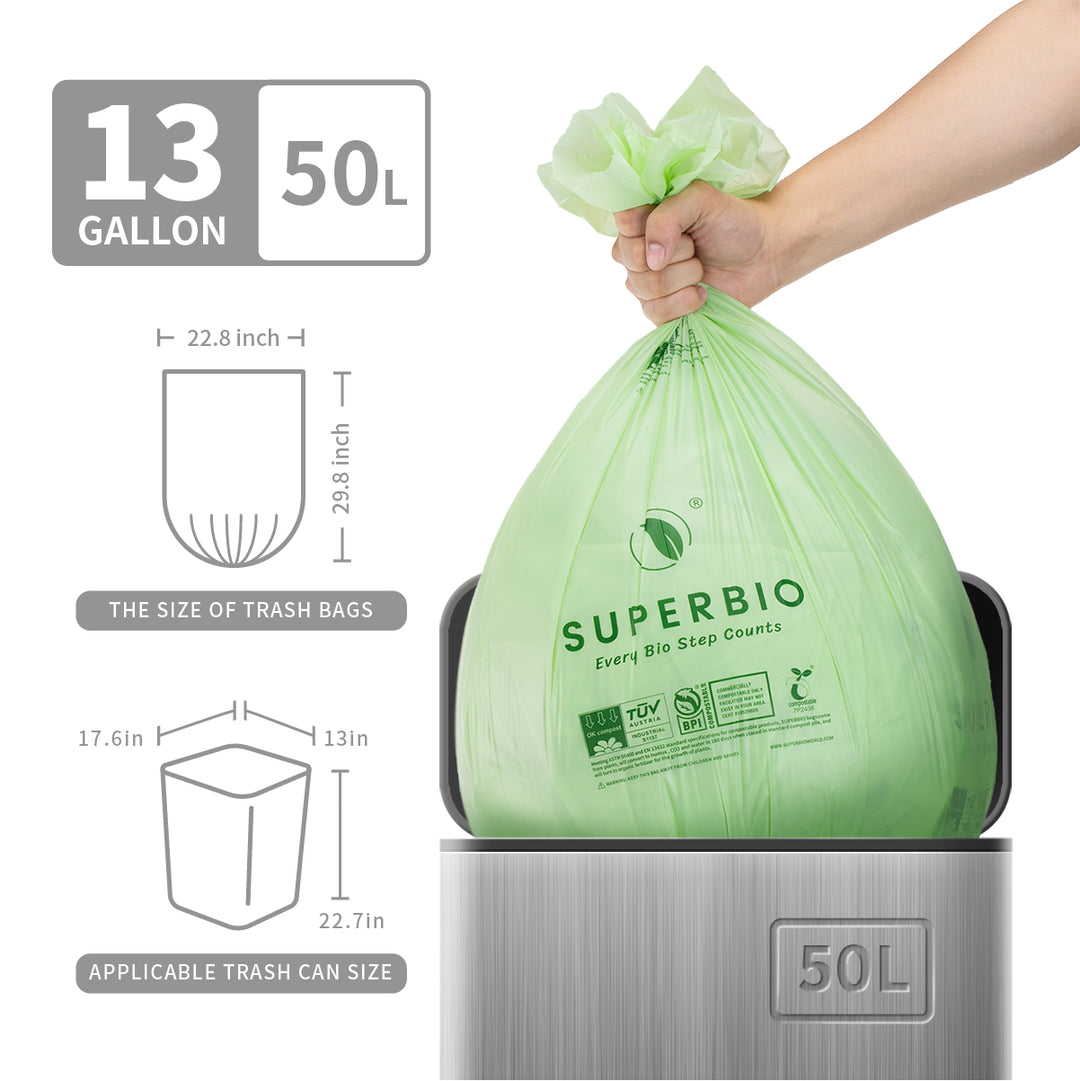Nanoplastic Swarm Turns Marine Sanctuaries into Silent Toxic Zones
The ocean’s surface looks calm, but every liter of its water now carries an invisible freight of plastic smaller than a single bacterium. These nanoplastics—shredded shards of bottles, bags, and clothing fibers—outnumber every living creature beneath the waves. Scientists once struggled to prove they existed.
New evidence shows they dominate the plastic load drifting through the sea.

Plastics now infiltrate marine protected areas like the Galápagos.
Billions of Flecks, Millions of Tons
A trans-Atlantic survey covering 3,500 nautical miles measured at least 27 million metric tons of nanoplastics swirling across temperate and subtropical North Atlantic waters, The New York Times reports.
Water collected at the surface, mid-depth, and near the seabed carried polyethylene terephthalate, polystyrene, and polyvinyl chloride at roughly 18 milligrams per cubic meter—an amount that upends earlier tallies based solely on larger microplastics. The same cruise revealed that gravity no longer guides plastic’s voyage. Brownian motion, not sinking, keeps these flecks suspended, according to Nature.

A Particle Small Enough to Invade Cells
Nanoplastics measure less than one micrometer. At this scale they pass through cell walls, mingle with plankton, and cross biological barriers inside fish, seabirds, and whales. Researchers warn that these fragments already ride the marine food web from algae upward, spreading chemical additives such as bisphenols and phthalates through every trophic level, Environment America notes. The chemicals interfere with hormones, stunt growth, and alter behavior. No organ system is fully shielded.
Plastic’s reach extends from coral reefs to Earth’s deepest basins. A dive to Calypso Deep—more than 16,700 feet down—recorded one of the highest trash densities ever seen in the ocean’s dark zone, with flexible packaging carpeting the trench floor, Earth.com reports.
Slow currents and the trench’s bowl shape lock debris in place, turning the Mediterranean’s deepest pocket into a graveyard for centuries-old waste.

Global plastic production has doubled in two decades.
Protected Areas Offer No Refuge
Even remote sanctuaries cannot escape the tide. Surveys in the Galápagos Marine Reserve—one of the world’s most celebrated ecological havens—found plastic fragments in every habitat examined. Currents ferried particles from distant coastlines and fishing grounds, exposing endangered iguanas, sea lions, and sharks to constant contamination, according to Environmental Health News. The findings confirm that park borders stop boats, not drifting polymers.
Plastic now kills more than a million marine animals each year. Turtles mistake drifting film for jellyfish; seabirds feed rigid pellets to their chicks; whales swallow bags that echo the sonar signature of squid. Once inside, sharp edges lacerate organs and block digestion, while attached toxins damage DNA and disrupt reproduction, Environment America explains. Nanoplastics add a new threat: they accumulate in tissue without notice, undermining health long before a creature shows distress.

Microplastics can take 400 years to break down; nanoparticles linger longer.
Prevention Over Cleanup
Mechanical skimmers can scoop bottles from bays, but they cannot strain a cloud of particles too small to see. Once plastics abrade into micro- and nanoscopic pieces, recovery becomes impossible. The only viable remedy, experts argue, is to cut production, redesign packaging, and keep waste from rivers and storm drains, National Geographic reports. Global plastic manufacture has doubled in two decades and could double again by 2050. Without rapid policy shifts, every drop of seawater will hold ever more plastic than plankton.
The ocean’s crisis is silent and pervasive. It slips through filters, ignores marine park lines, and settles in the planet’s most secret hollows. Shrinking our plastic footprint on land is the only path that keeps new nanoscale invaders from darkening the sea’s future.




























































































